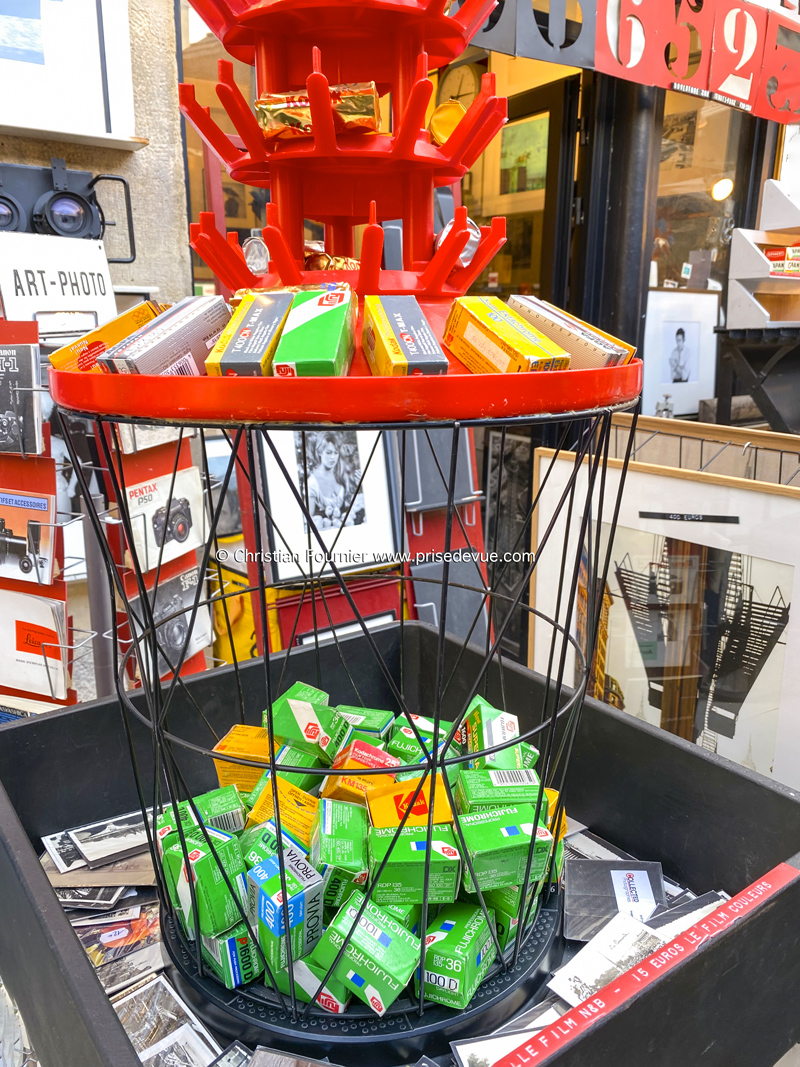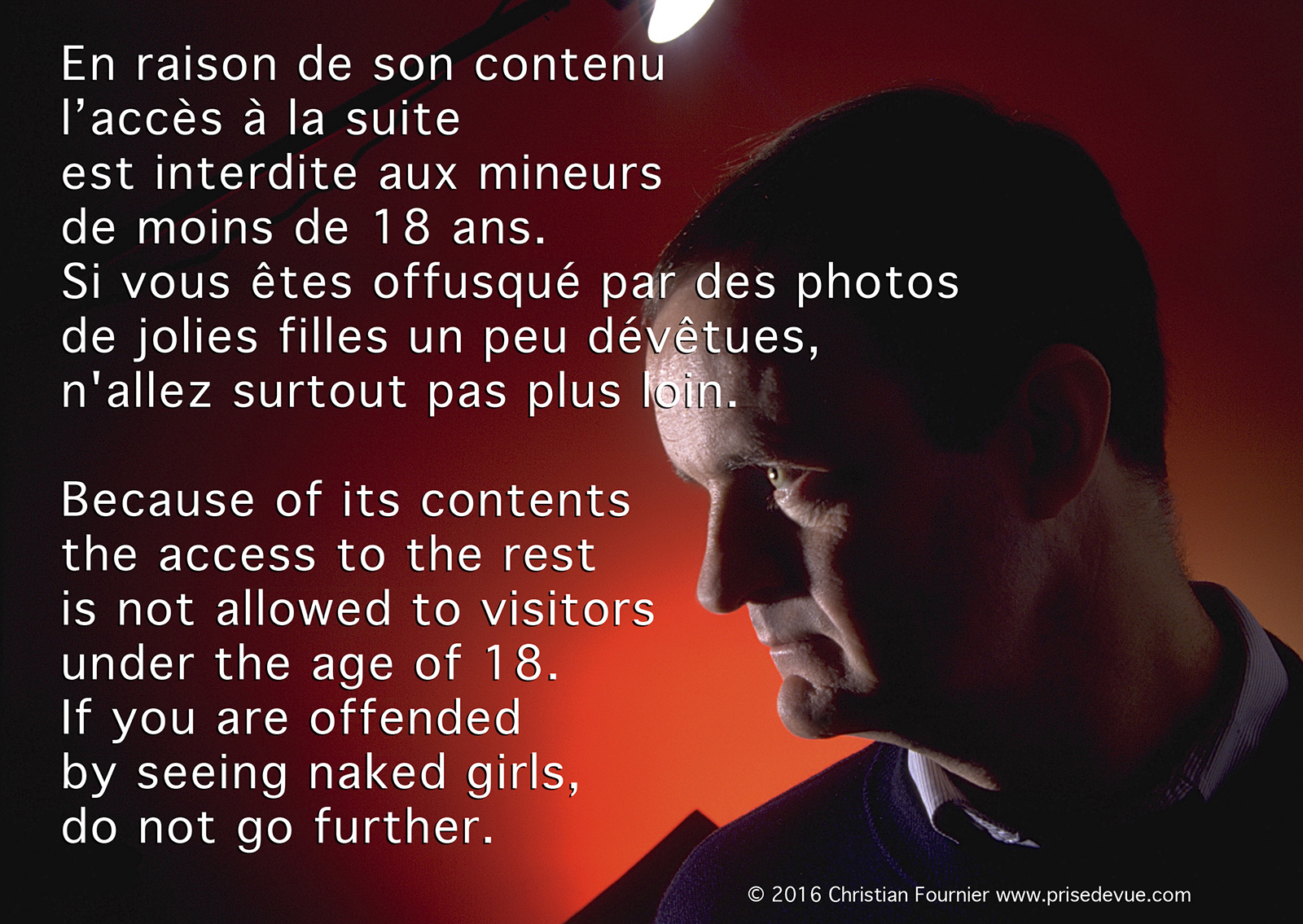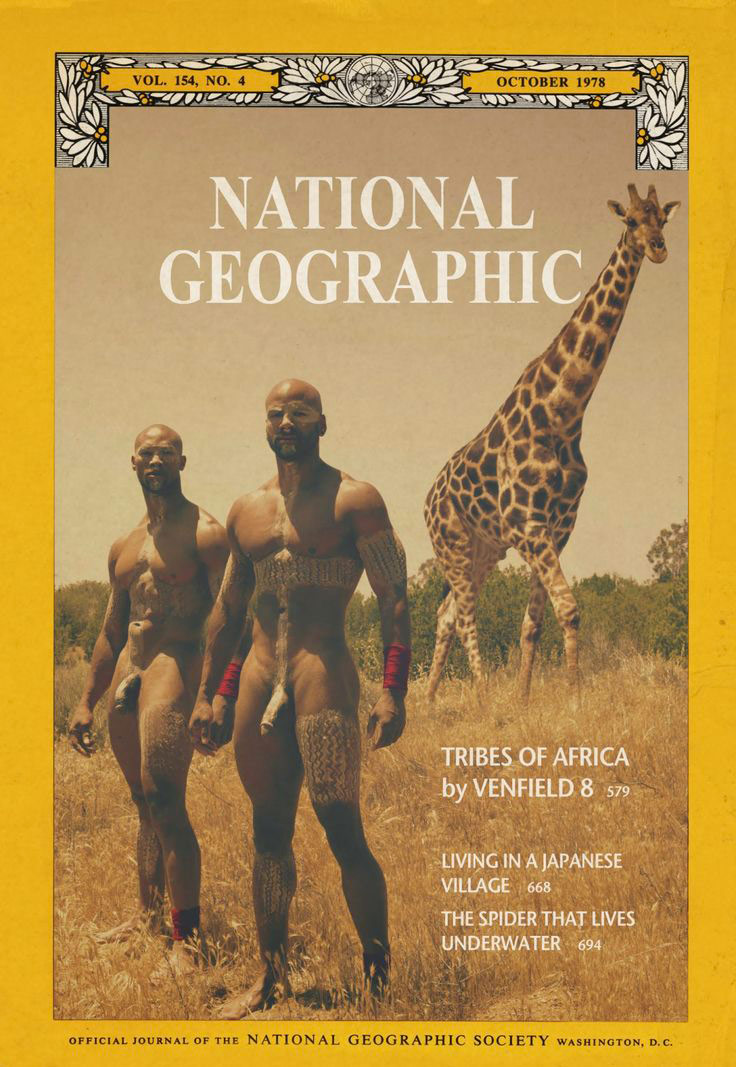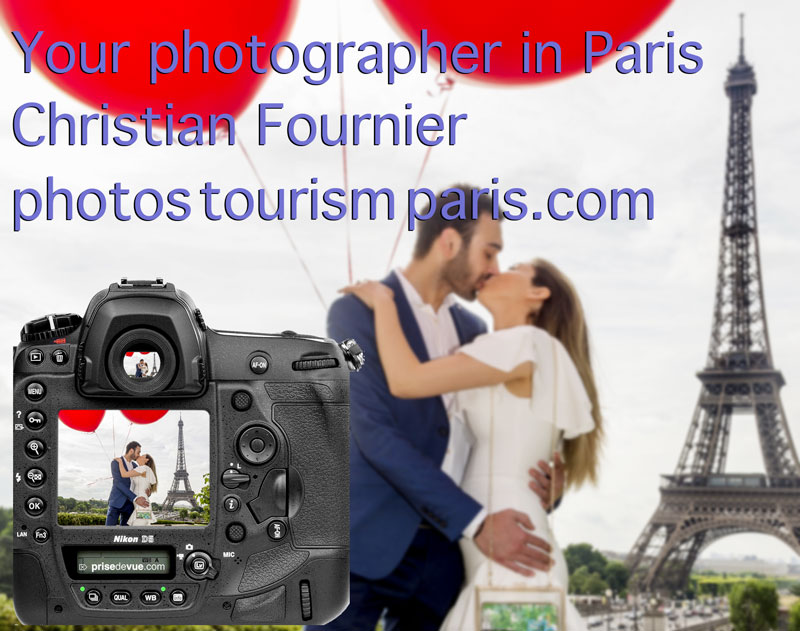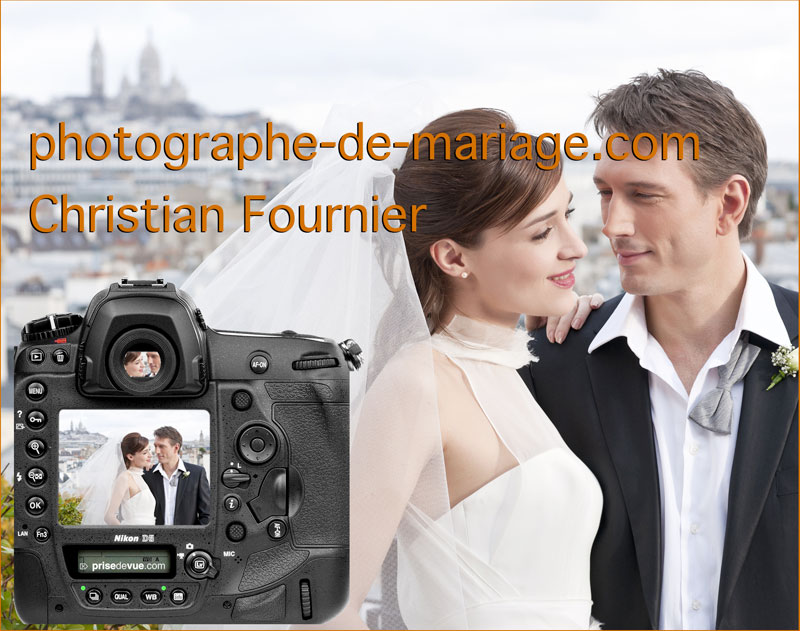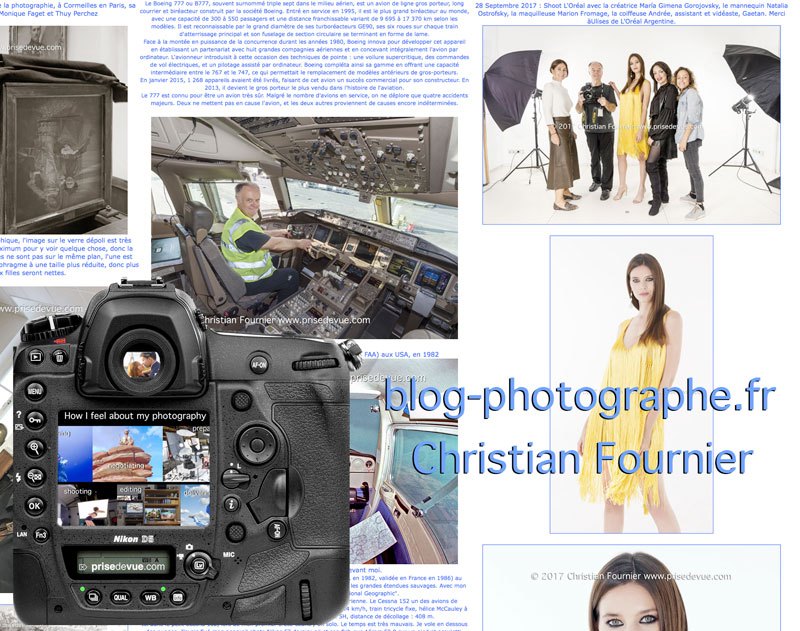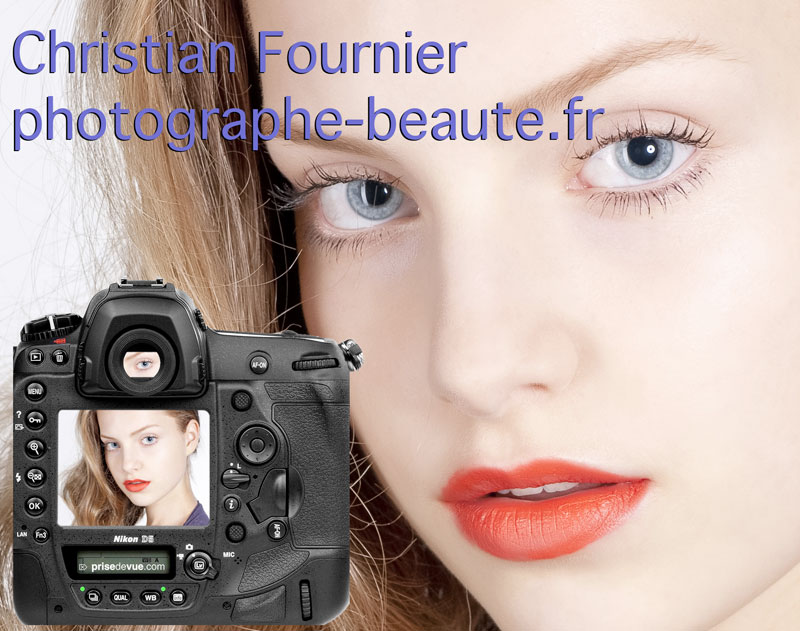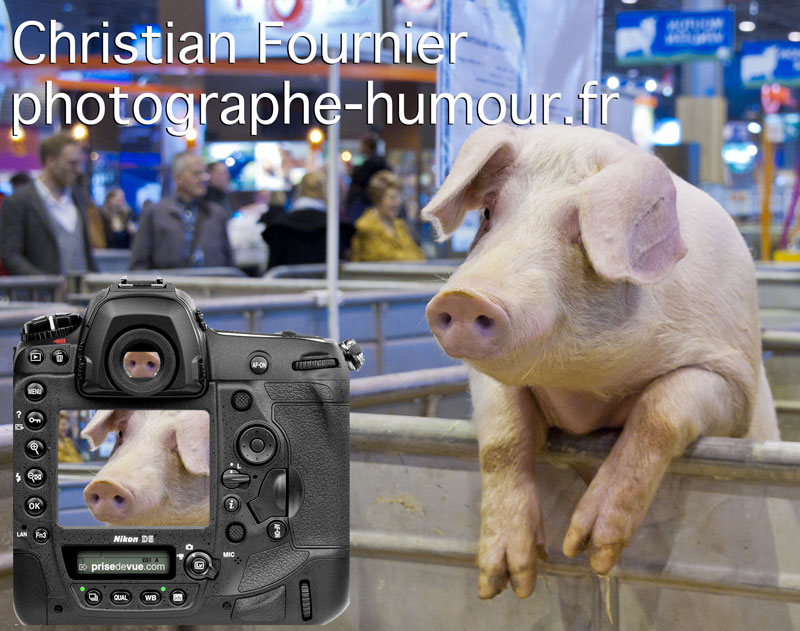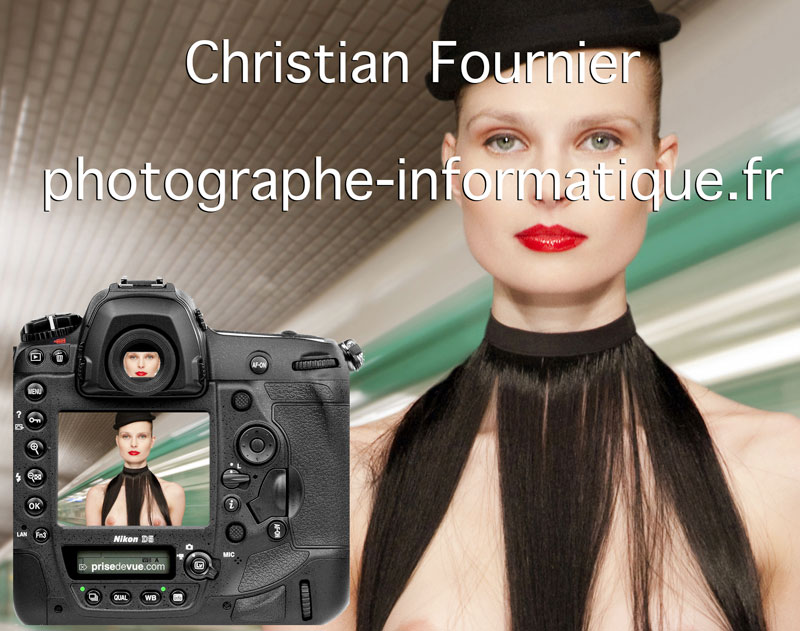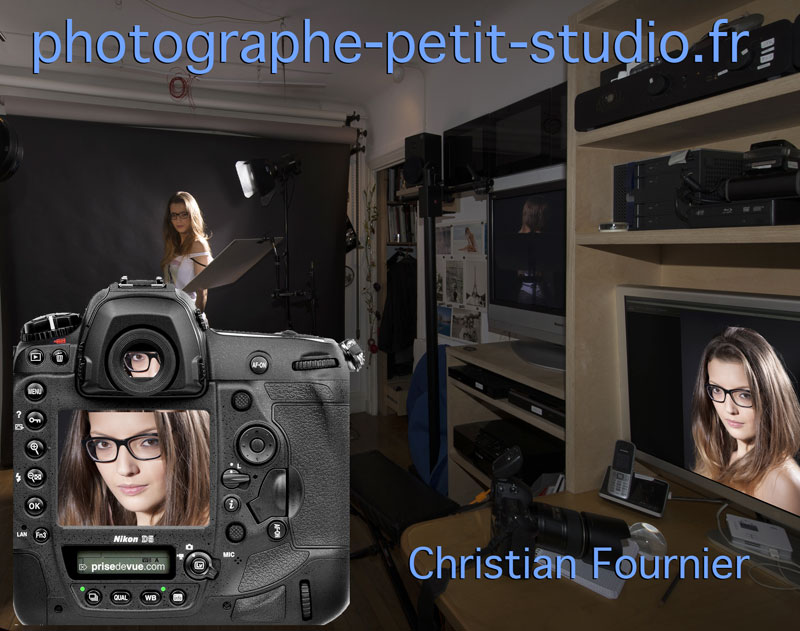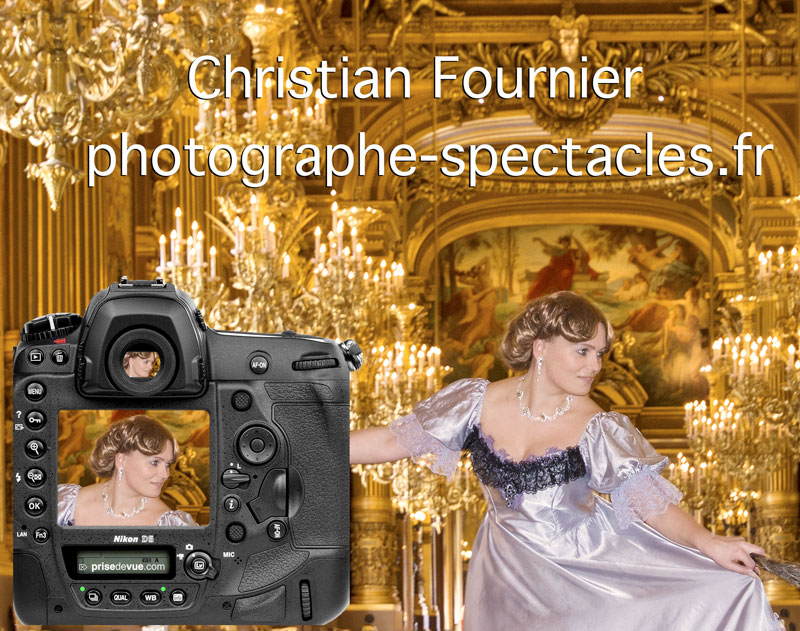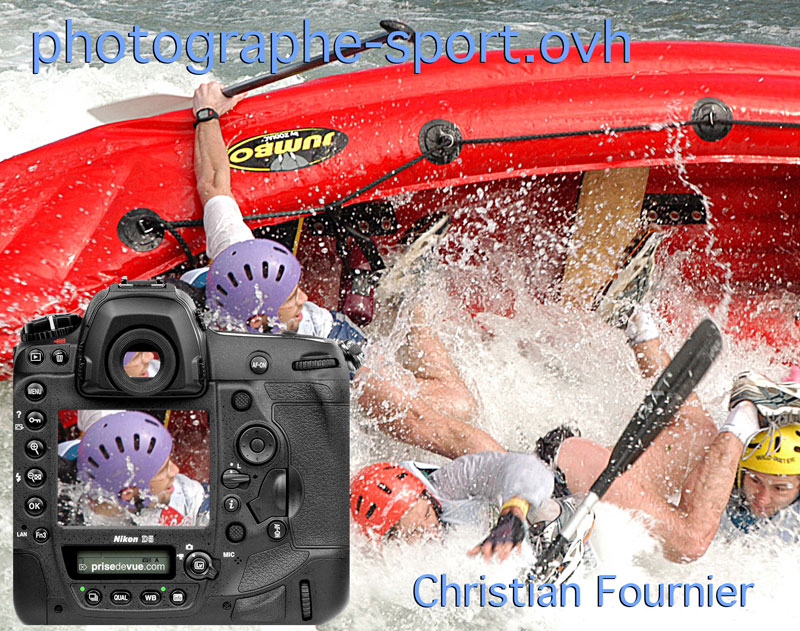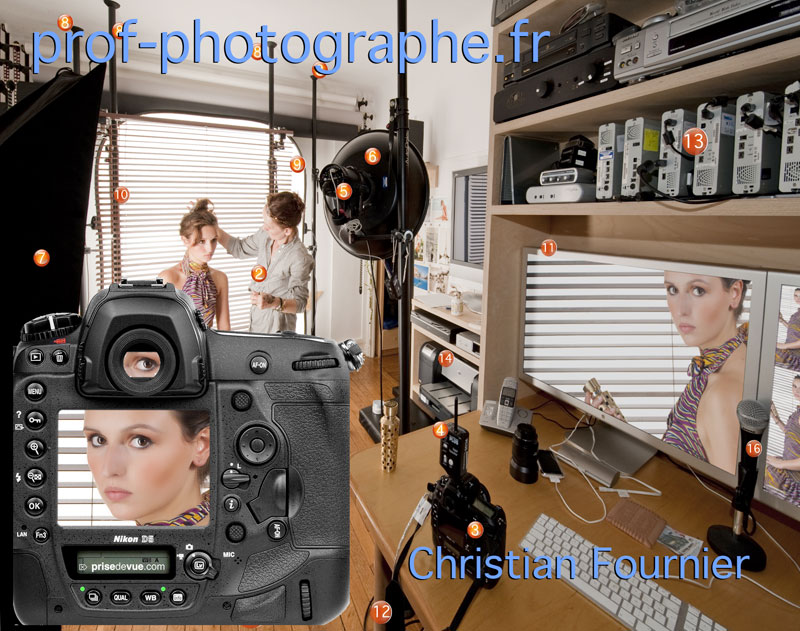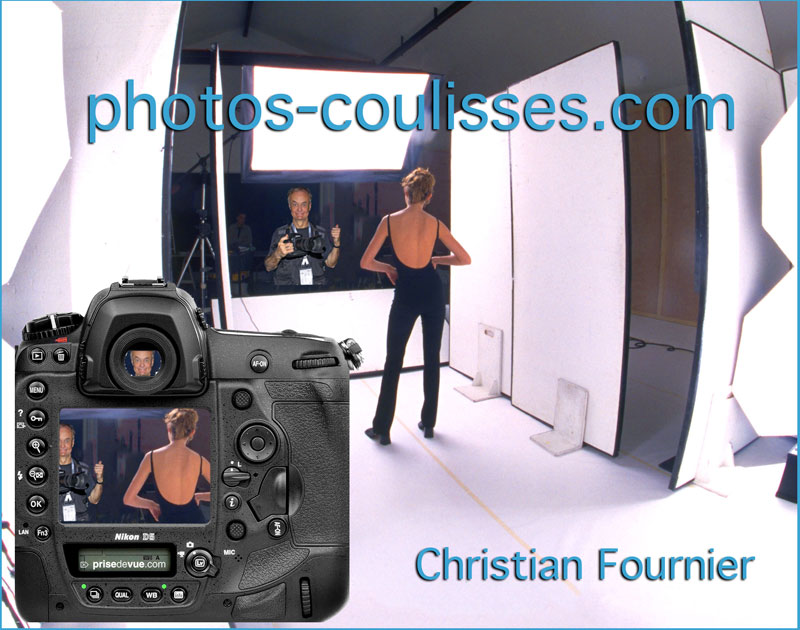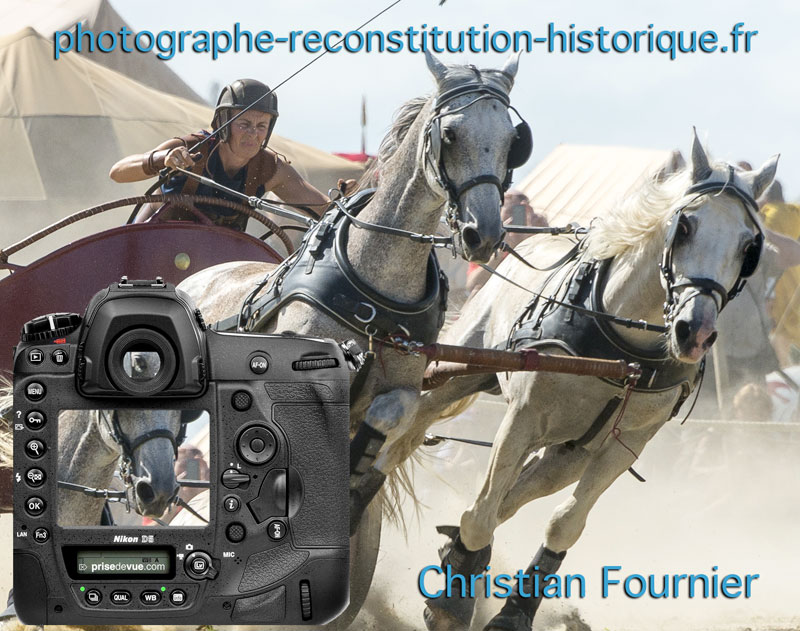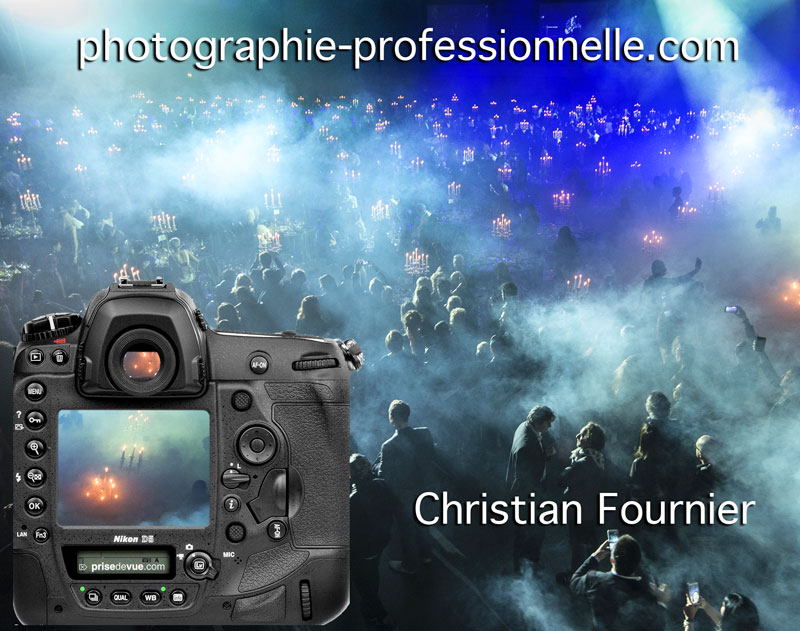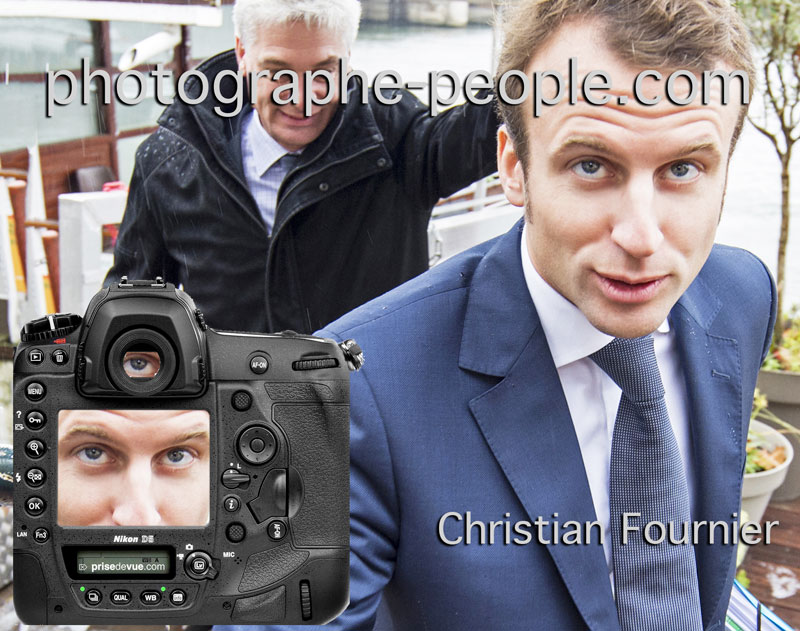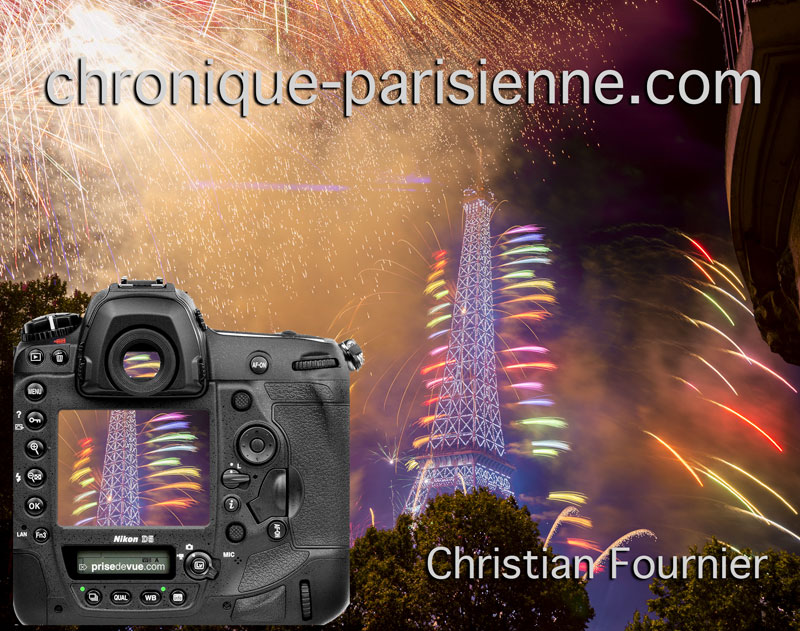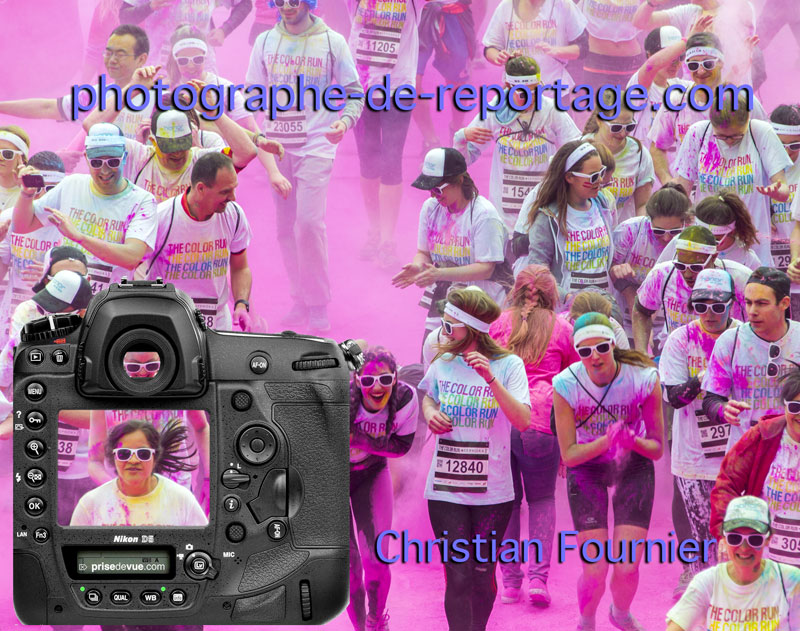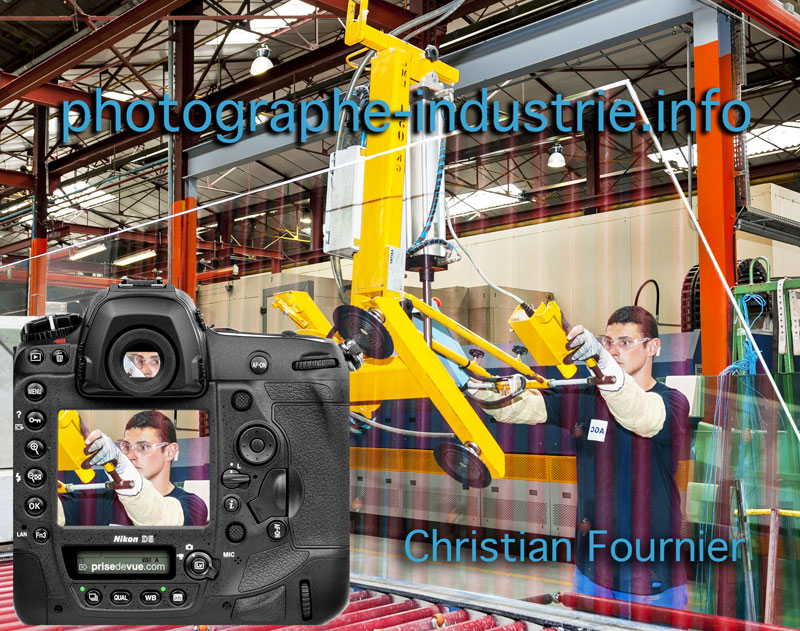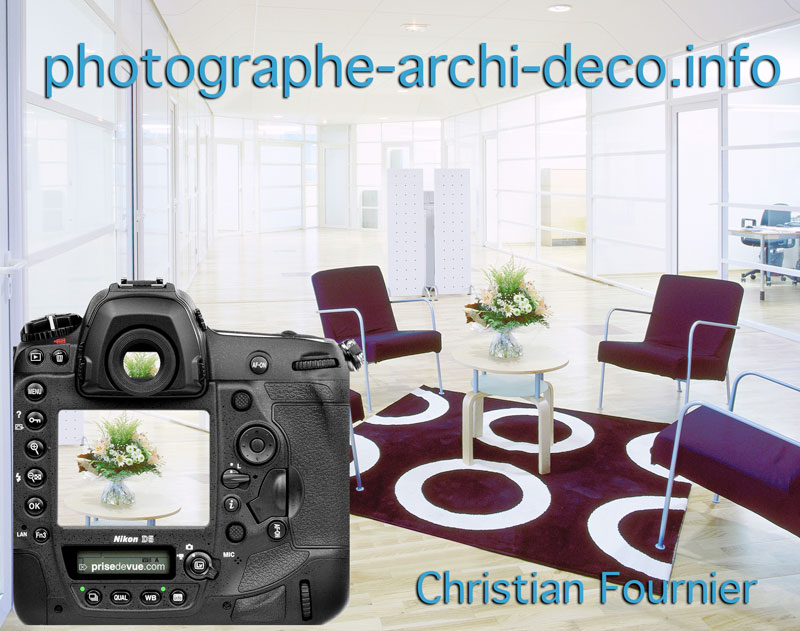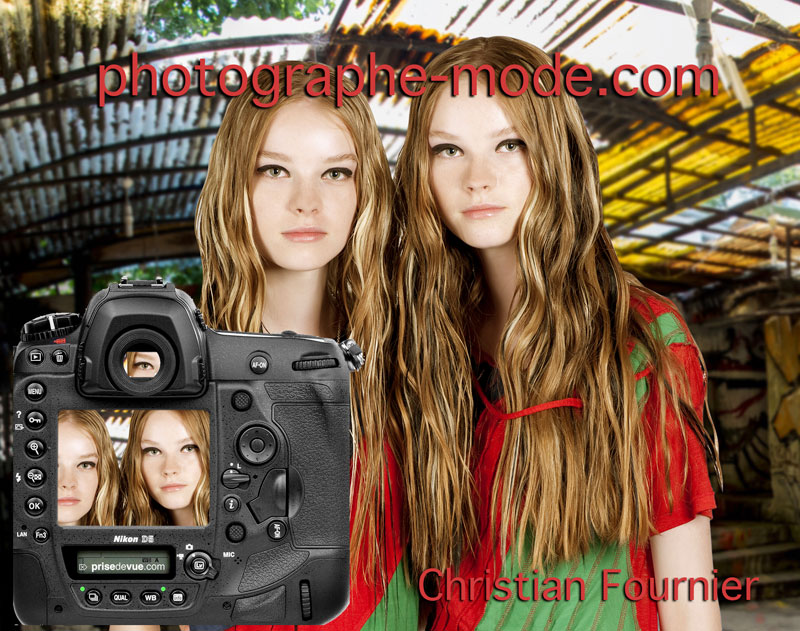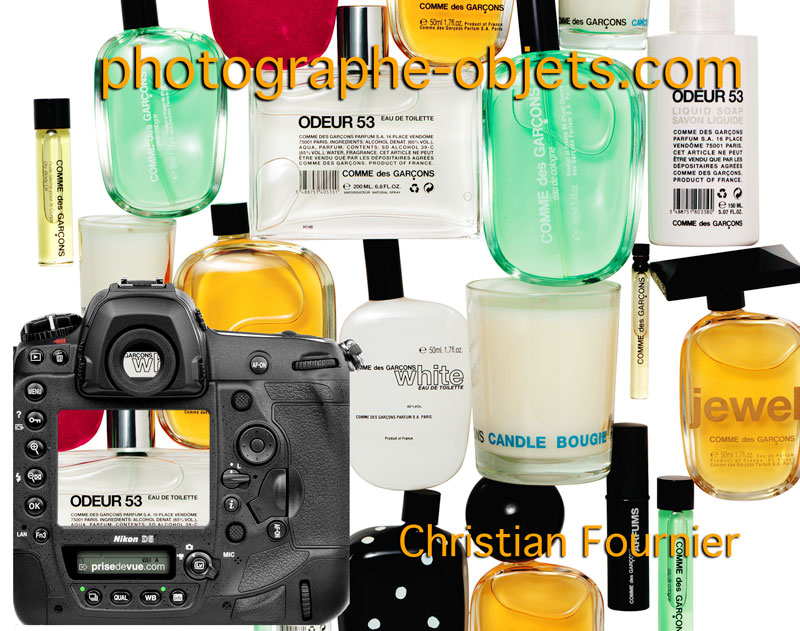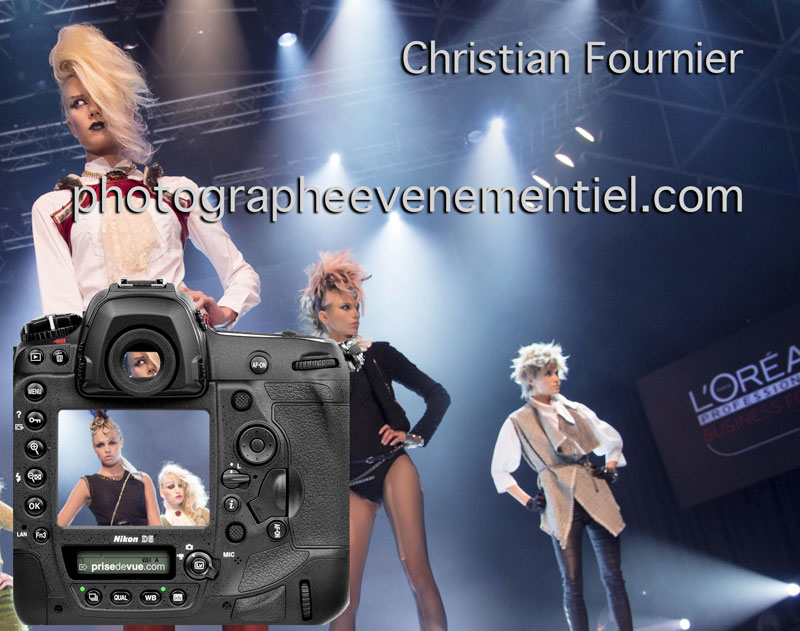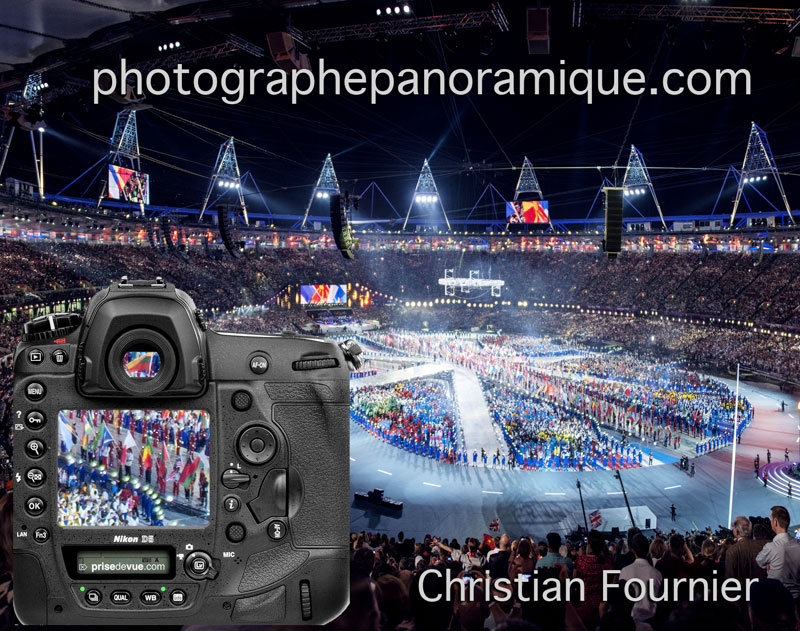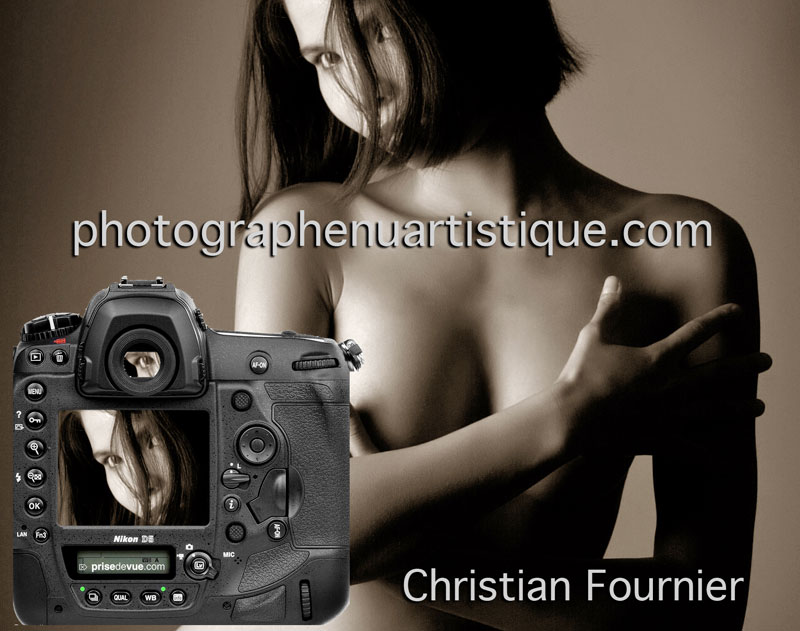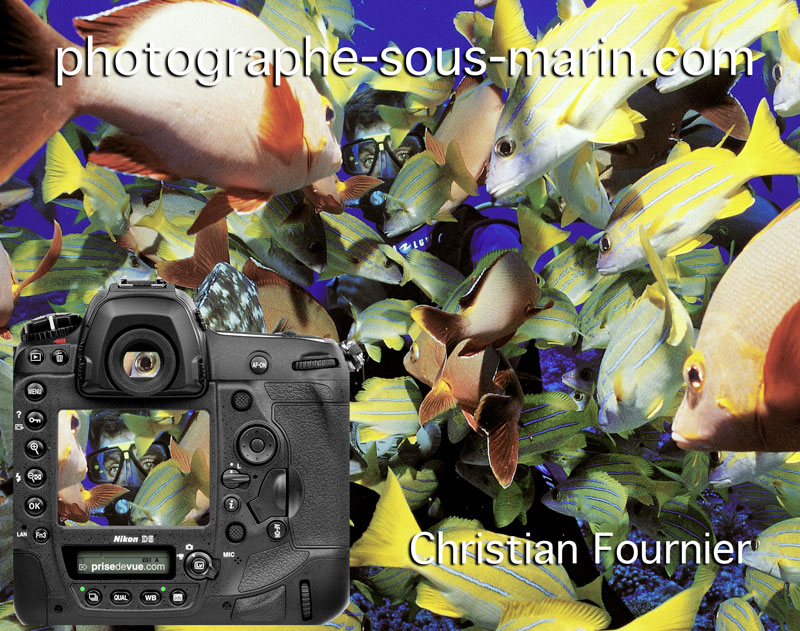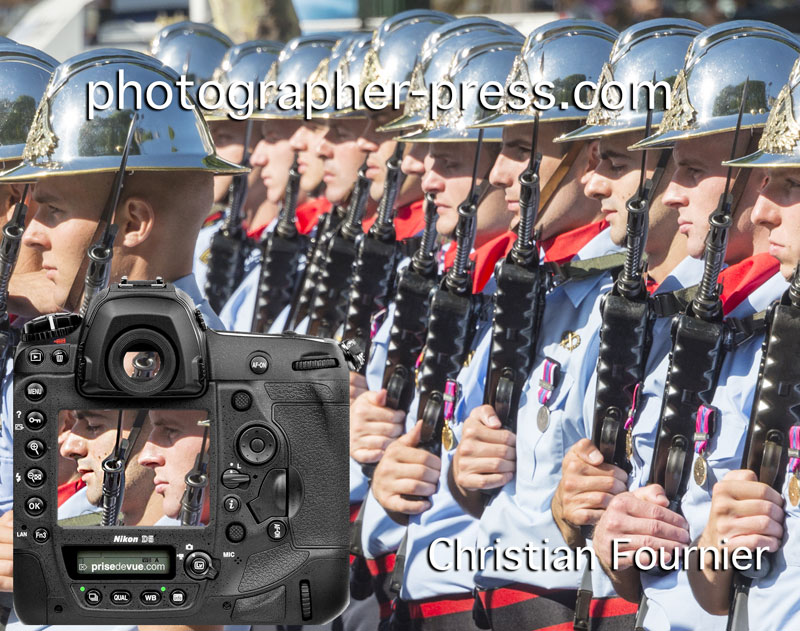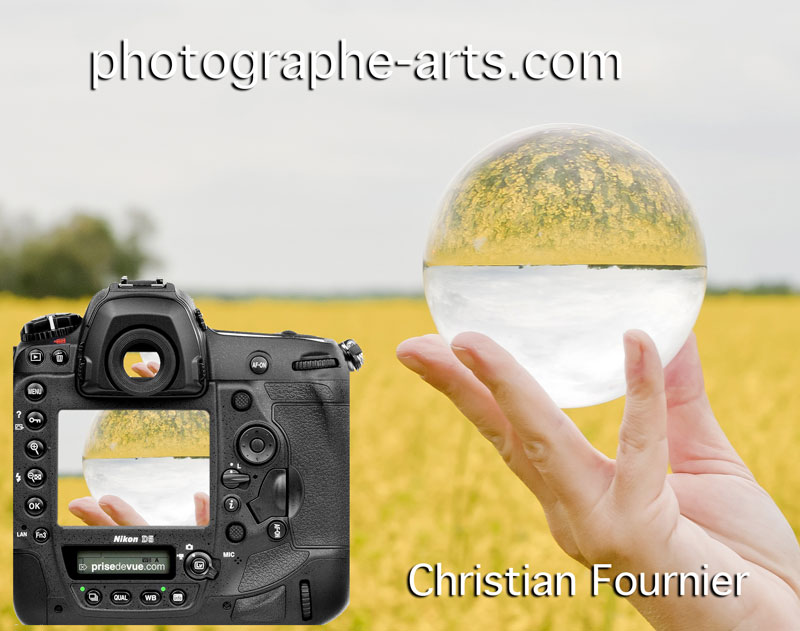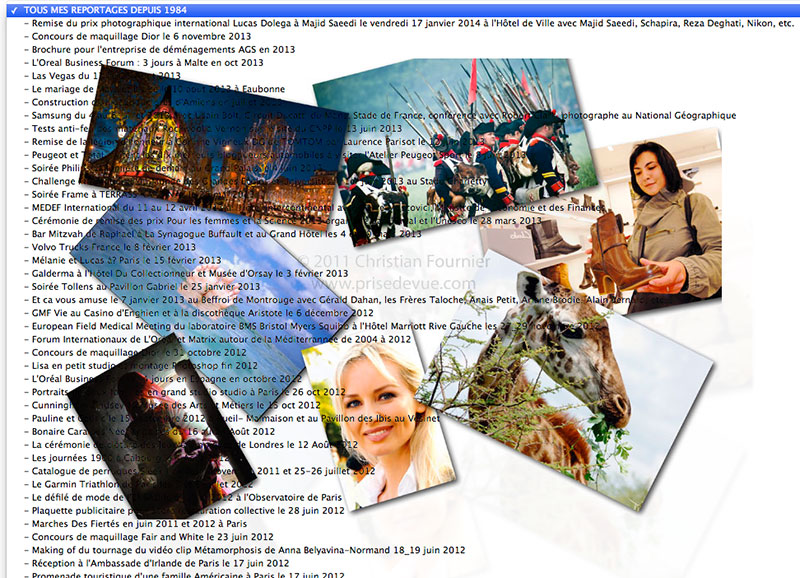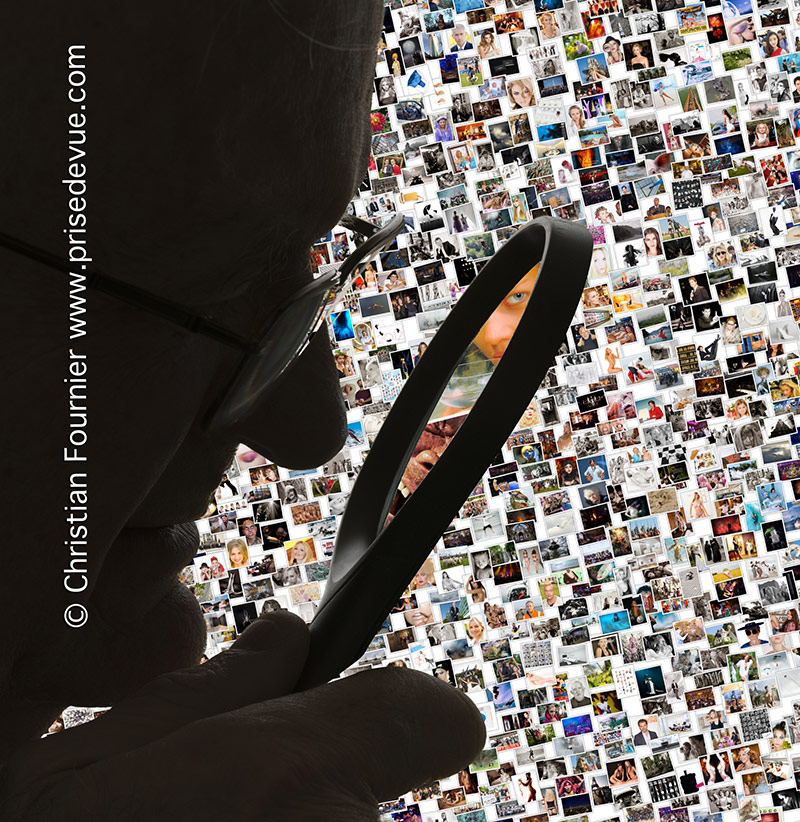|
|||||||||||||||||||||||||||||||||||||||||||||
Page 42: Luckily, I have an advantage, digital photography, still in its infancy in France.
|
|||||||||||||||||||||||||||||||||||||||||||||
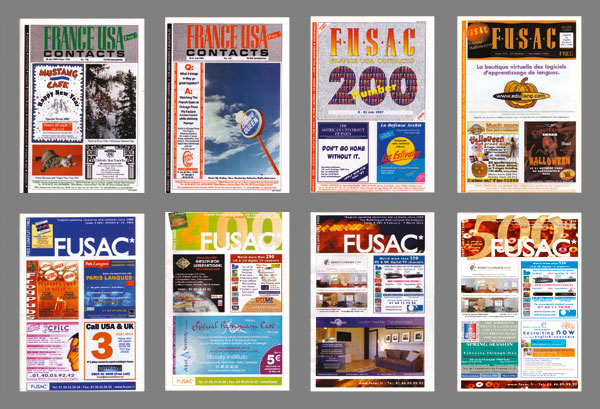 Les covers from that time. |
|||||||||||||||||||||||||||||||||||||||||||||
| I found this free magazine in a dinner (Breakfast in America) in Paris in 2019. Thank Frédérique. 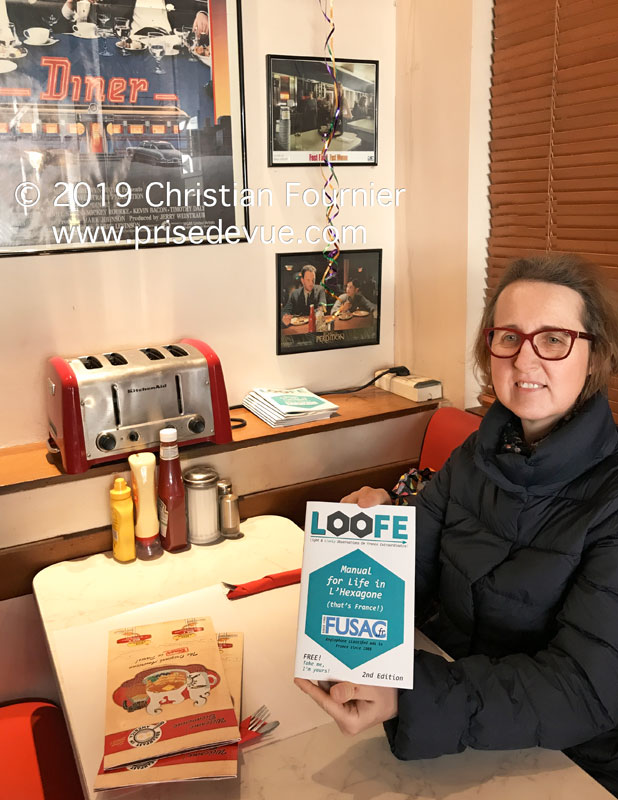 |
|||||||||||||||||||||||||||||||||||||||||||||
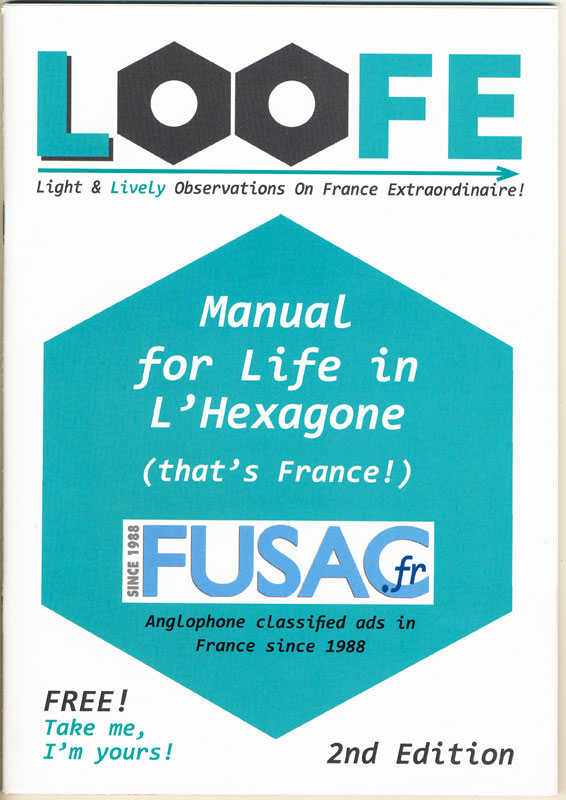 |
|||||||||||||||||||||||||||||||||||||||||||||
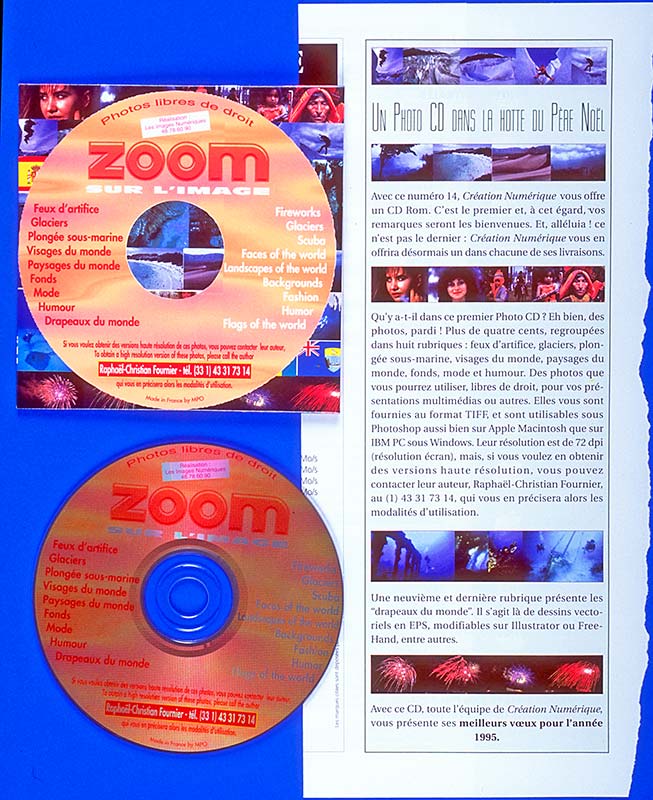 In 1994, thanks to the magazine "Création Numérique, I published a CD of my digital photography. 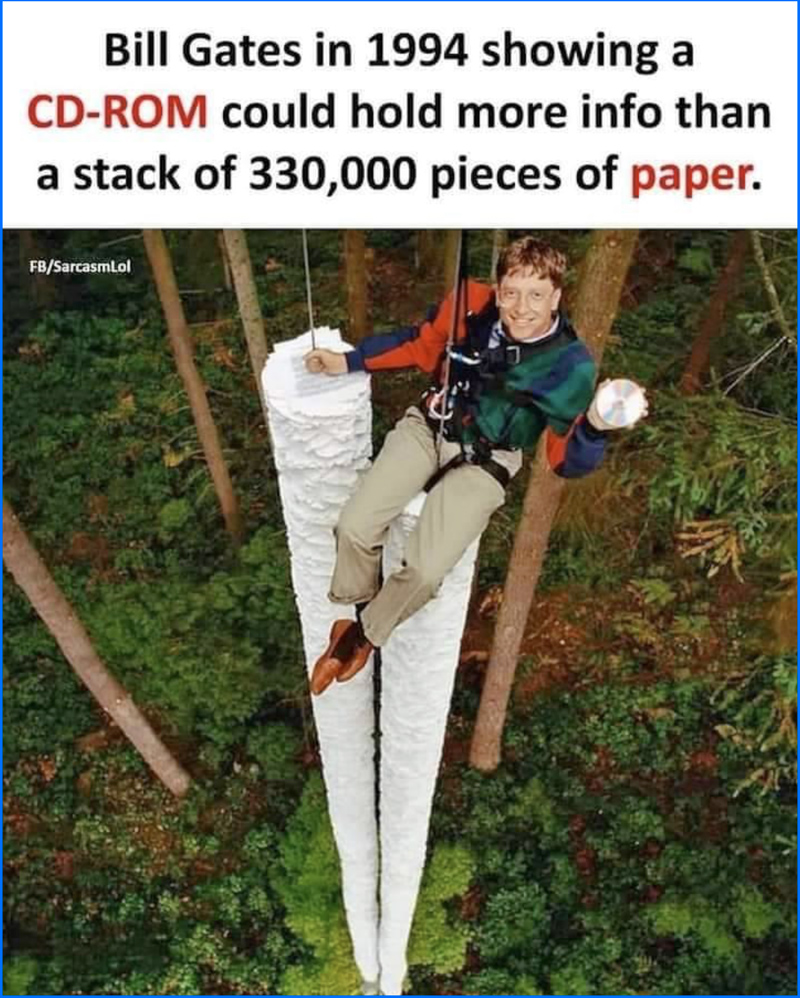
|
|||||||||||||||||||||||||||||||||||||||||||||
 |
|||||||||||||||||||||||||||||||||||||||||||||
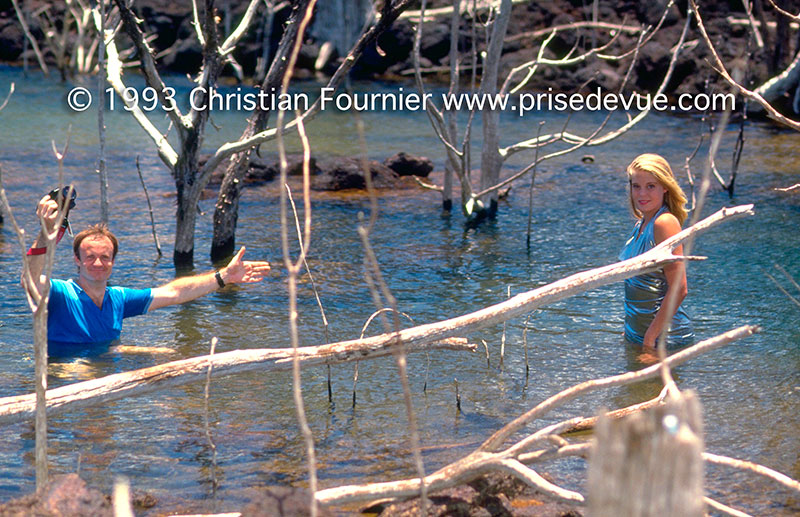 |
|||||||||||||||||||||||||||||||||||||||||||||
The magazine “Chasseur d’Images” organized a Digital Photographry Contest in 1993 and as very few people participated, I won every category. 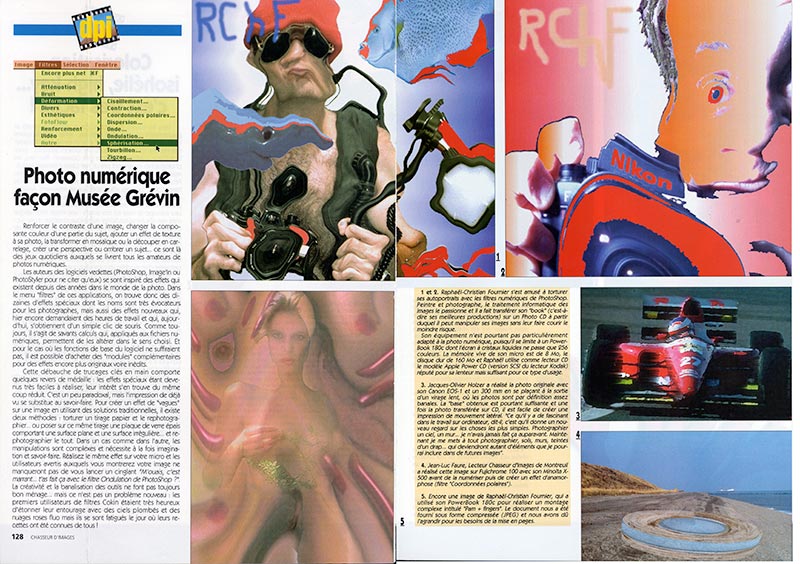 |
|||||||||||||||||||||||||||||||||||||||||||||
Luckily for me, Antoine Schneck, photographer and a much better businessman than I am, proposed we collaborate and we founded “The Fournier Schneck Workshop”. Thanks to Antoine I could finally rent an apartment through his uncle. Without a French address and without a security deposit, it is impossible to rent an apartment in France. Landlords demand your last three rent receipts, electricity bills, and more. I couldn’t give them anything but my American papers, in other words it was all double Dutch to them! Thank you very much Antoine. For your information, I first met Antoine at a meeting organized by FUSAC (French USA Contacts). |
|||||||||||||||||||||||||||||||||||||||||||||
 I’m no longer homeless! |
|||||||||||||||||||||||||||||||||||||||||||||
 |
|||||||||||||||||||||||||||||||||||||||||||||
 |
|||||||||||||||||||||||||||||||||||||||||||||
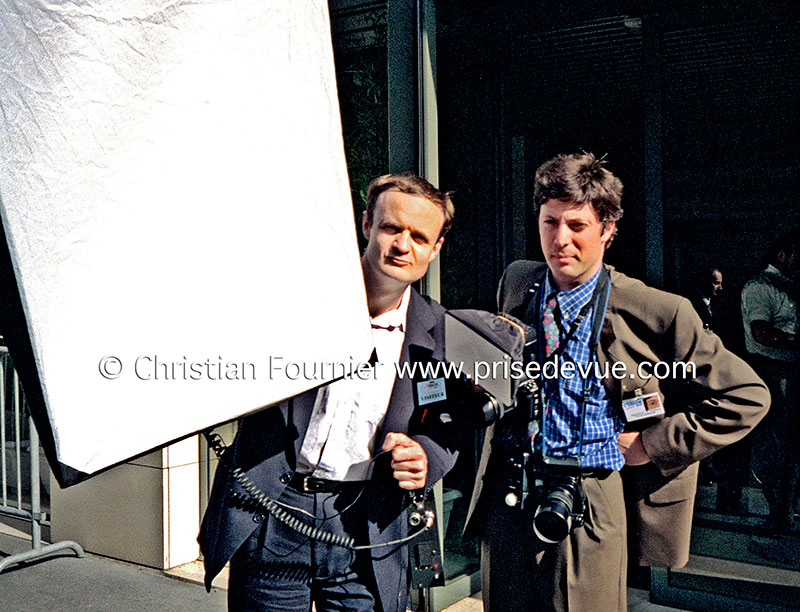 Pictured above : Christian Fournier and Antoine Schneck ready to embark on the great digital adventure in 1994. We are, without a doubt, among the few photographers who started with Photoshop 1.0 which at the time fit on a single 3.5-inch floppy disk! It was just a format converter. At the beginning we squatted in a garage on rue Henri Barbusse 75005 next to a pretty nice guy, Raymond Depardon! Then we shared a studio with a digital-resistant photographer Jean-Michel de Forceville, on rue de Charonne, near Bastille. You know, the transition to digital was hard for older photographers, especially if they’d never had any experience with computers. Little by little, however, we did manage to make him see the advantages of digital photography. "Anything that is in the world when you’re born is normal and ordinary and is just a natural part of the way the world works. Anything that’s invented between when you’re fifteen and thirty- five is new and exciting and revolutionary and you can probably get a career in it. Anything invented after you’re thirty-five is against the natural order of things." Douglas Adams, In 1994 we had to find clients through cold calling (without prior contact). This is hard, very hard. Luckily, I learned that I had a higher rate of success if I managed to mention I was advanced in digital photography in the first 15 seconds— before the secretary hung up. The financial advantages for photographers were monumental: no more buying film, developing equipment, scans. Ditto for advantages in efficacy. The old Photoshop issue always comes up : "It’s cheating". Our brain mainly sees what it is interested in. I mean, of course, someone hungry in Paris does not see the streets the same way as a tourist looking to take photos of monuments. The Case of the Moving Pyramids. "During the early 1980s, many magazines and newspapers began to use digital imaging devices to manipulate photographs. The most popular such device was sold by Scitex America. The machines were very expensive, but they allowed images to be altered with far greater ease than darkroom techniques allowed. One of the earliest high-profile instances of digital photo alteration appeared on the February 1982 cover of National Geographic (top), which showed a camel train walking in front of the Pyramids of Giza. Readers weren't informed that the pyramids had been moved slightly closer together, in order to fit the vertical format of the cover. No one might have noticed if the photographer, Gordon Gahan, hadn't complained. It then became a source of major controversy. Sheila Reaves, a journalism professor at the University of Wisconsin has speculated that, "The enormity of moving such a large object brought home to people that you can move a shoulder or a smile." Less remarked upon was that the photo was also staged. The camel train had walked by while Gahan was setting up his equipment. He paid them to walk by again." |
|||||||||||||||||||||||||||||||||||||||||||||
October 13, 2016 : I met Raymond Depardon for the release for his film "Les Habitants".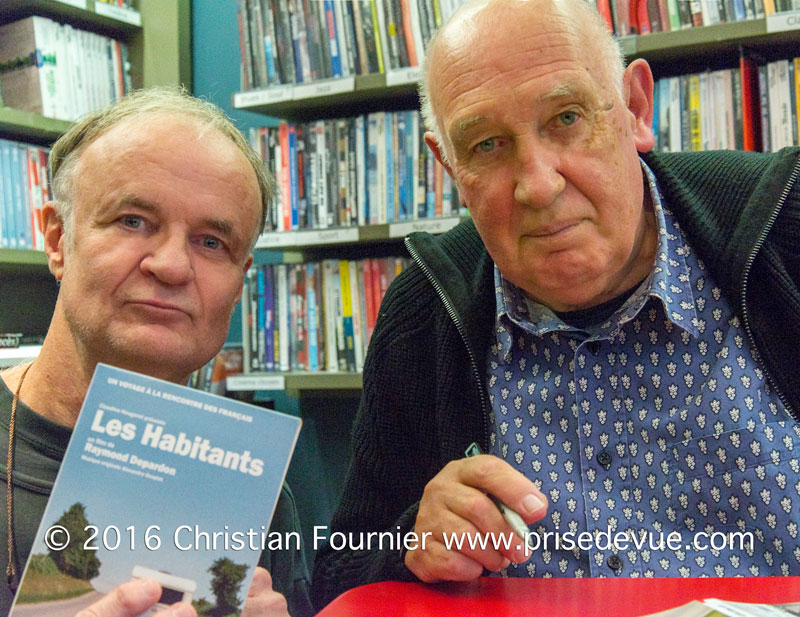 I first met Raymond Depardon in 1994 back when Antoine Schneck and I started up the “Atelier Fournier-Schneck”. We were renting out a garage as a photography studio in the court of Raymond’s home on rue Henri Barbusse, 75013. Raymond Depardon is a French photographer, filmmaker, journalist and screenwriter. He is considered one of the masters of documentary filmmaking. He created the photography agency Gamma in 1966 and has been a member of Magnum Photos since 1979. |
|||||||||||||||||||||||||||||||||||||||||||||
The link between films and digital photography.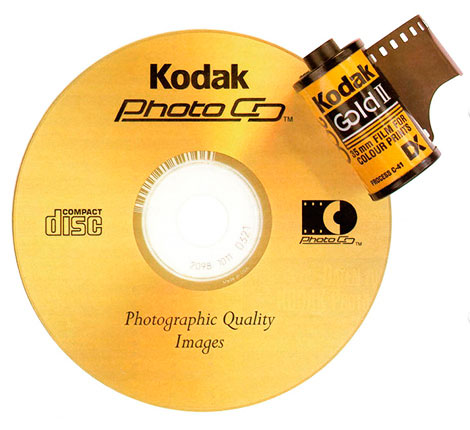 When I left the USA to return to France in 1993, the advertising agencies, watching me pull out my Kokak Photo CDs, ask if I intended to play them music! Photo CD is a system designed by Kodak for digitizing and saving photos in a CD. Launched in 1992, the discs were designed to hold nearly 100 high quality images, scanned prints and slides using special proprietary encoding. Photo CDs are defined in the Beige Book and conform to the CD-ROM XA and CD-i Bridge specifications as well. They were intended to play on CD-i players, Photo CD players (Apple's PowerCD for example), and any computer with a suitable software (LaserSoft Imaging's SilverFast DC or HDR for example). The Photo CD system gained a fair level of acceptance among professional photographers due to the low cost of the high quality film scans. Prior to Photo CD, professionals who wished to digitize their film images were forced to pay much higher fees to obtain drum scans of their film negatives and transparencies. |
|||||||||||||||||||||||||||||||||||||||||||||
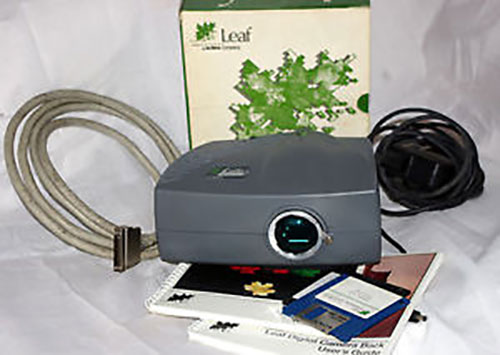 Our first digital camera, the Leaf Lumina, better described as a scanner with a lens on it. It could only work in continuous light. |
|||||||||||||||||||||||||||||||||||||||||||||
 We worked on object catalogues. Here is the one we made for the prestigious Parisian toy vendor Nain Bleu. It was easier to persuade clients when they no longer had to pay for your film, developing the films, or scans, since this meant a lot of money saved. Still, it took some convincing. |
|||||||||||||||||||||||||||||||||||||||||||||
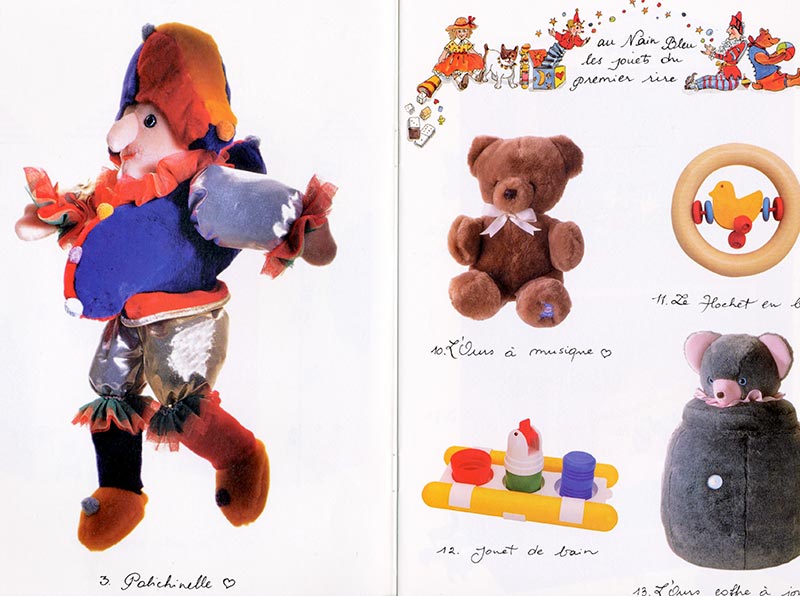 Photo-engravers hated us since we cut out the "scan" step of the graphic chain. In digital photography, if the print is bad, the printer will just say “it’s the digital photographer’s fault”. In film photography this was way easier; all you had to do was look at the original negatives! So we learned to defend ourselves by enhancing our photo analysis: white balance, black and white levels, saturation, etc… |
|||||||||||||||||||||||||||||||||||||||||||||
Combined ad for Club Med and Schweppes. In collaboration with the Fournier-Schneck Workshop. |
|||||||||||||||||||||||||||||||||||||||||||||
The Lumina Leaf in 1994, more of a scanner with a lens on it! Doesn’t work in anything but continuous light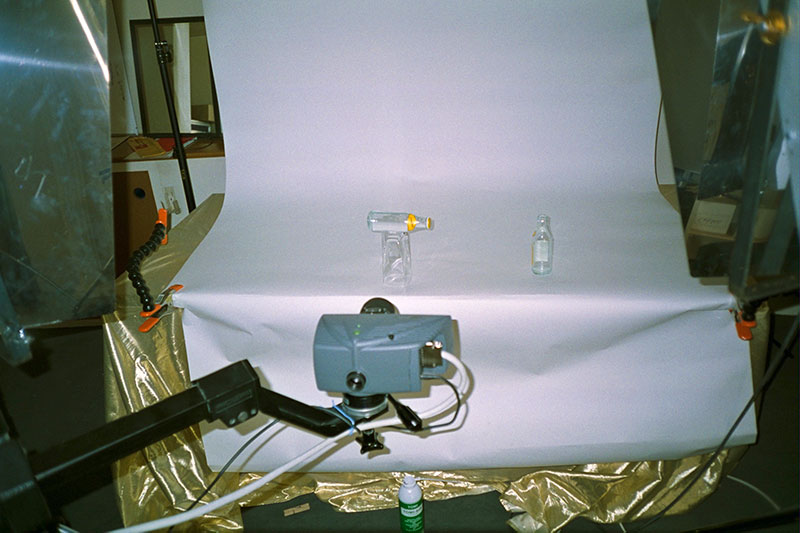 I spent a lot of money buying all the new digital cameras as they came out. You should thank me: I may have single-handedly financed their research departments! |
|||||||||||||||||||||||||||||||||||||||||||||
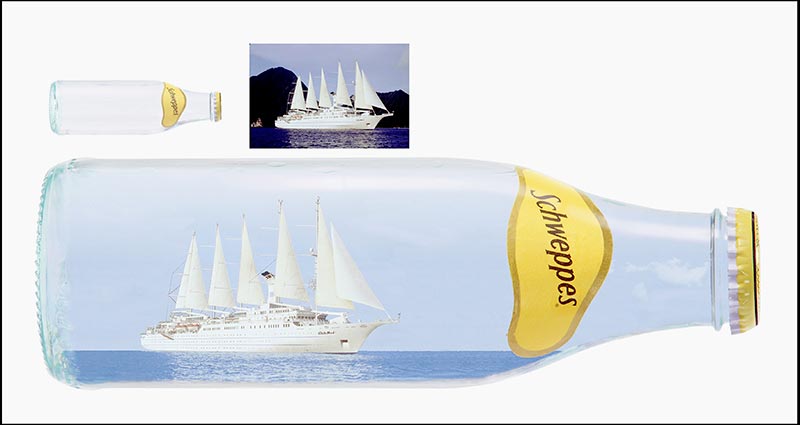 |
|||||||||||||||||||||||||||||||||||||||||||||
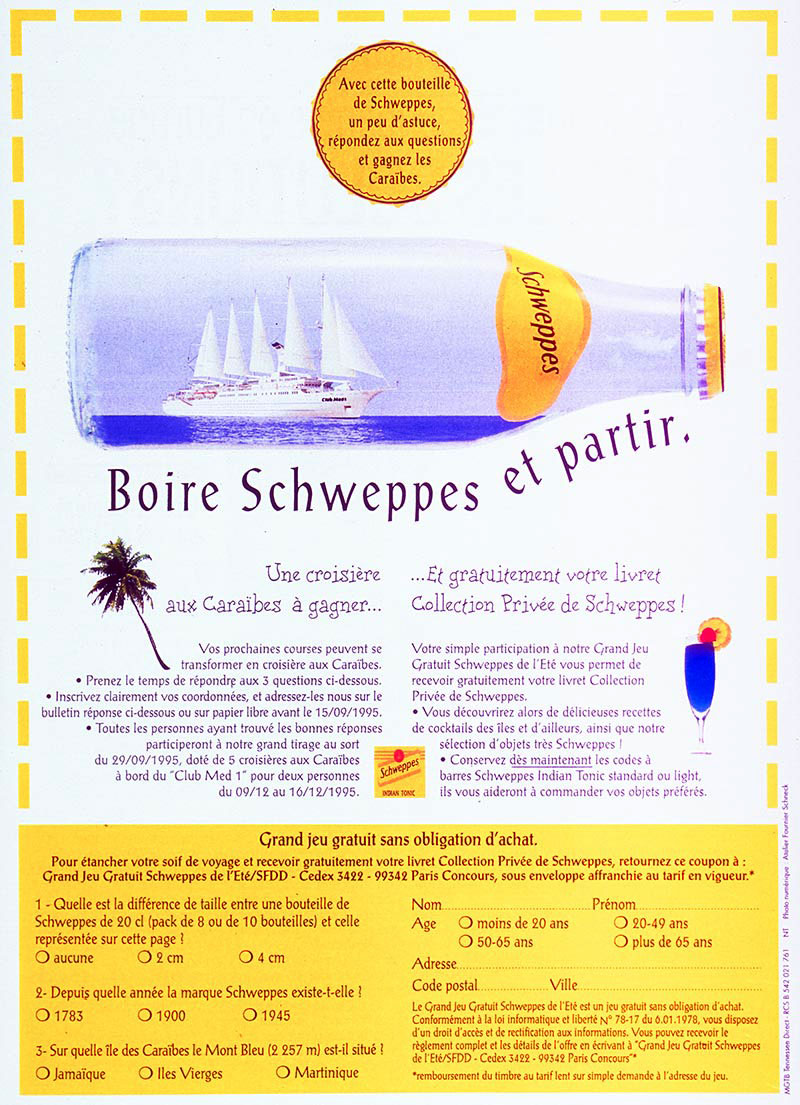 Combined ad for Club Med and Schweppes. In collaboration with the Workshop Fournier-Schneck |
|||||||||||||||||||||||||||||||||||||||||||||
Then we bought the first digital “24x36” reflex camera, the Kodak DSC 420 which let you photograph in one go, with flash and moving subjects. Fantastic, except that the quality is quite bad compared to what we can get with photo sensors today, more than ten years later. |
|||||||||||||||||||||||||||||||||||||||||||||
Here we are taking photos of Dominique Bodis, a politician. 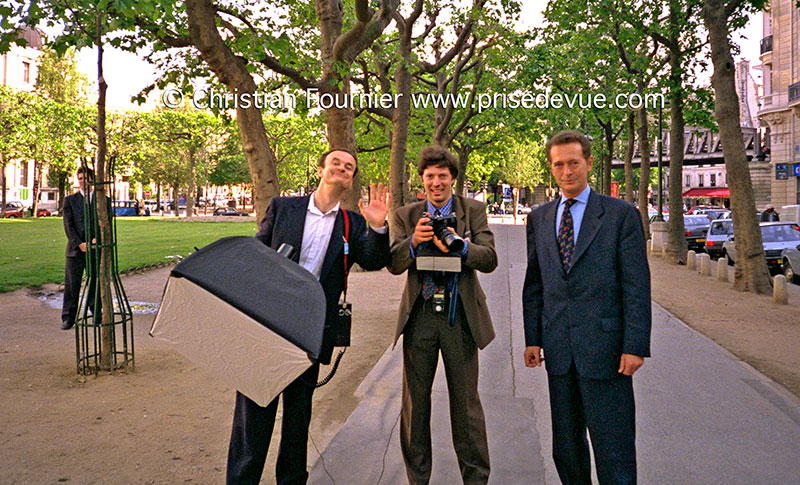 |
|||||||||||||||||||||||||||||||||||||||||||||
1994: the first digital SLR “24x36” the Kodak DSC 420 (1.5 MP!!!) which made it possible to photograph in one go, with flash and with moving subjects. This was the cat’s meow, except that the quality was quite bad compared to the those in 2015, 15 years later. Ha, the PC cards and their SCSI readers which only worked every other time! 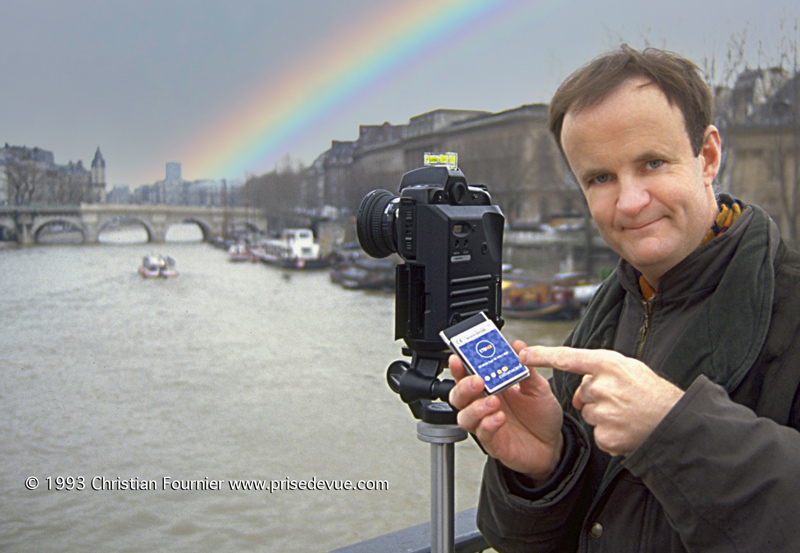 |
|||||||||||||||||||||||||||||||||||||||||||||
 1994: Impossible to control the colours! Incredible anecdote: the Pont des Arts without any locks. |
|||||||||||||||||||||||||||||||||||||||||||||
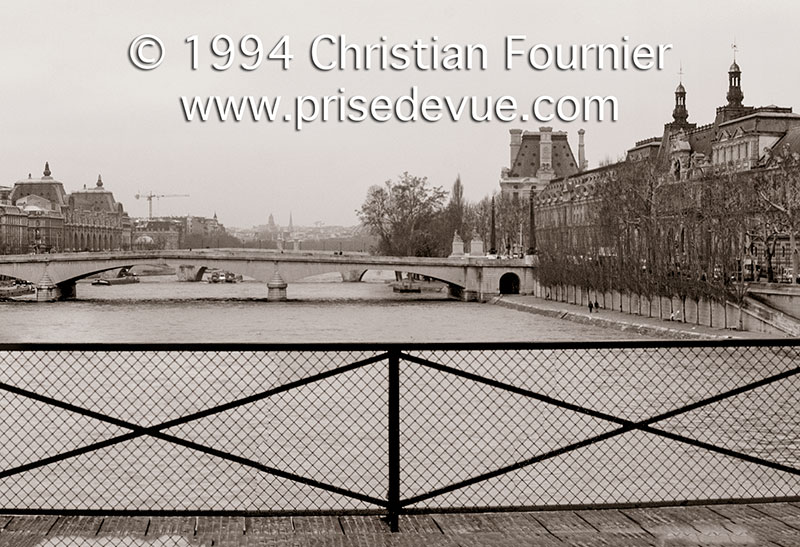 A snippet. |
|||||||||||||||||||||||||||||||||||||||||||||
 Here, in 2013. Okay, well, in 2015 there are no more locks, transparent walls have been erected to block them. |
|||||||||||||||||||||||||||||||||||||||||||||
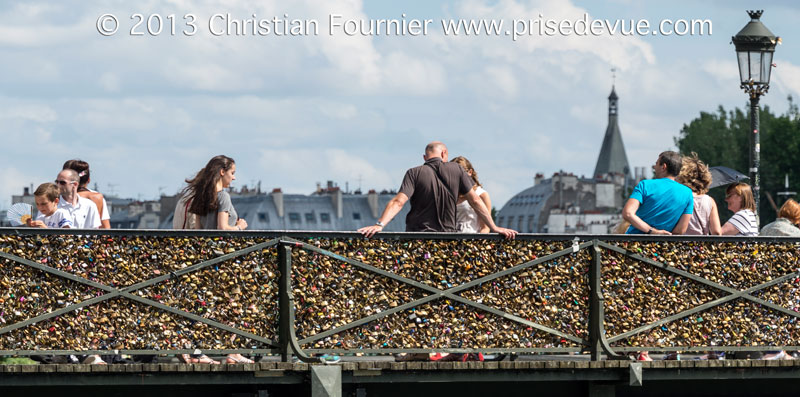 Here alsoa n extract. This also shows the fantastic resolution of my panoramics. |
|||||||||||||||||||||||||||||||||||||||||||||
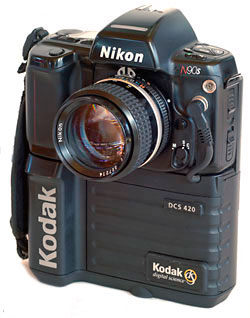 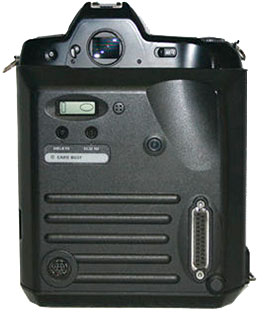 The Kodak DCS 420. |
|||||||||||||||||||||||||||||||||||||||||||||
 |
|||||||||||||||||||||||||||||||||||||||||||||
 |
|||||||||||||||||||||||||||||||||||||||||||||
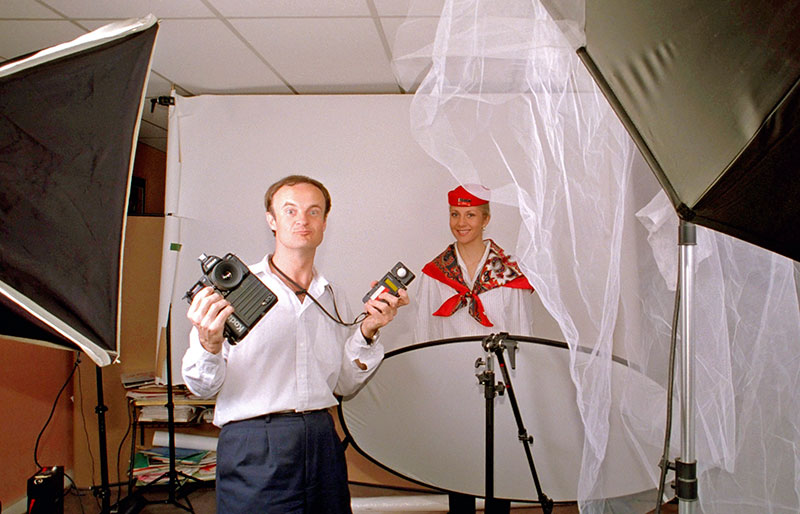 |
|||||||||||||||||||||||||||||||||||||||||||||
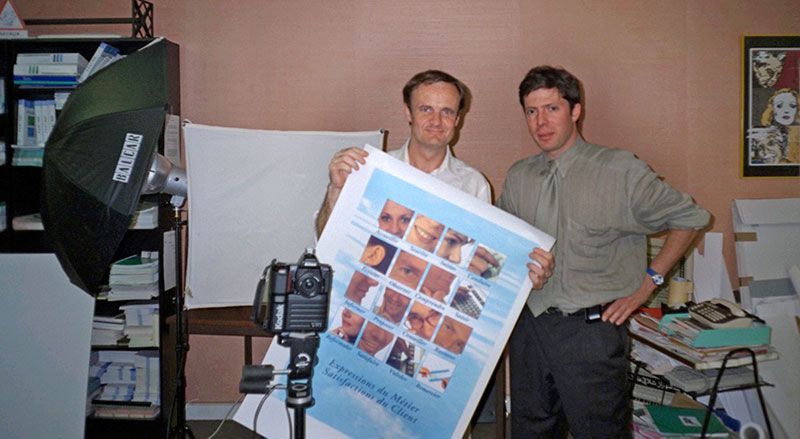 Job for SNCF, the French railways |
|||||||||||||||||||||||||||||||||||||||||||||
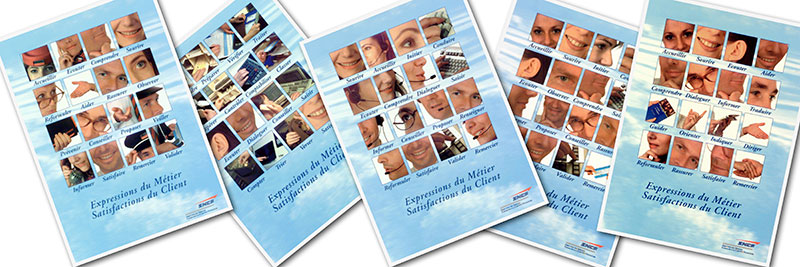 |
|||||||||||||||||||||||||||||||||||||||||||||
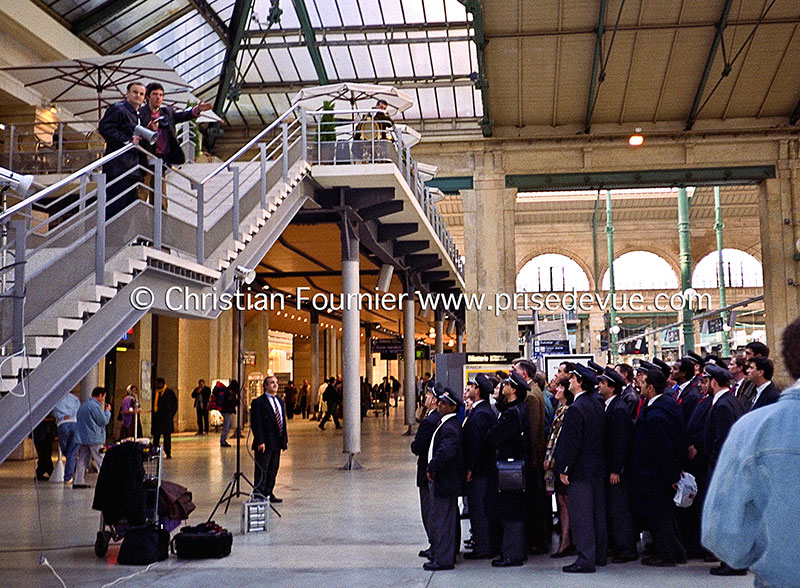 Here, a beautiful photo of the leaders of SNCF at the Gare du Nord in Paris. |
|||||||||||||||||||||||||||||||||||||||||||||
Here, for the advertising agency “Faire Ensemble”, a subsidiary of the Publicis group. Thank you to Marcky Benoilid and to Sabine Recoursé from this agency. 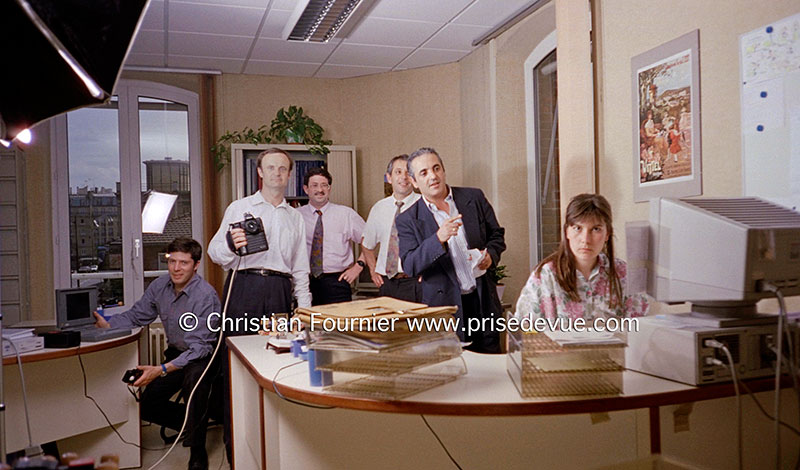 |
|||||||||||||||||||||||||||||||||||||||||||||
Another beautiful joint advertisement : Mercedes / Comme des Garçons. Thank you to the ingenious graphics artist Marc Atlan, who now lives in California, the lucky bugger. |
|||||||||||||||||||||||||||||||||||||||||||||
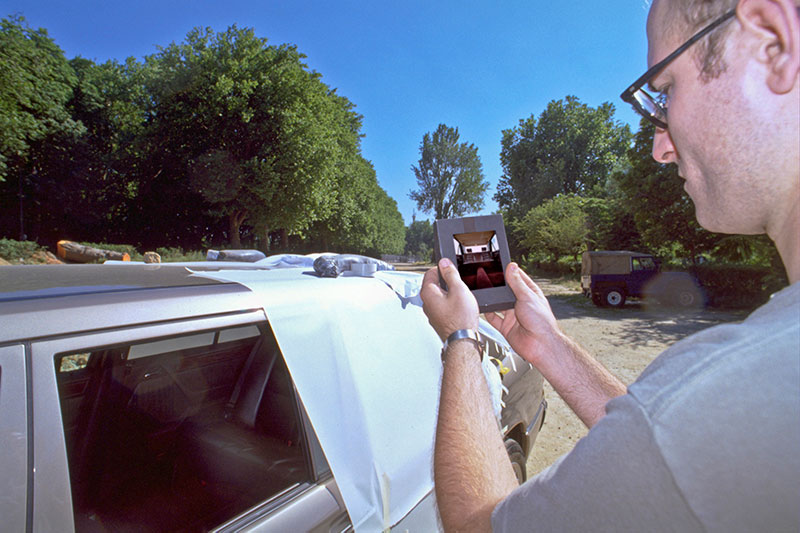 |
|||||||||||||||||||||||||||||||||||||||||||||
 CRT screens! |
|||||||||||||||||||||||||||||||||||||||||||||
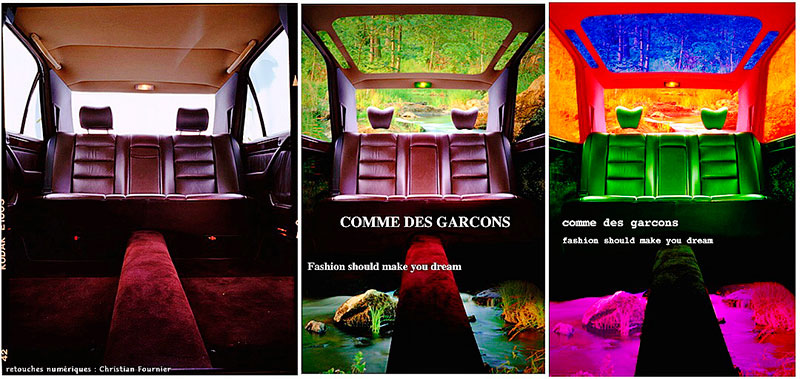 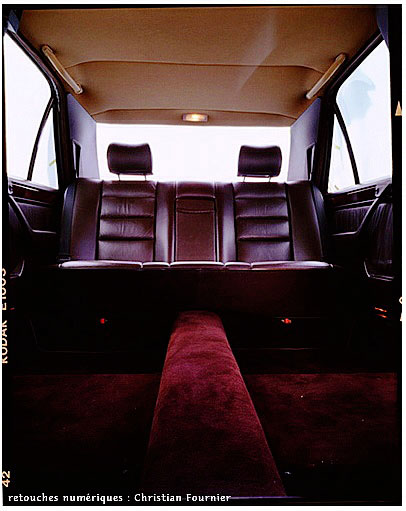 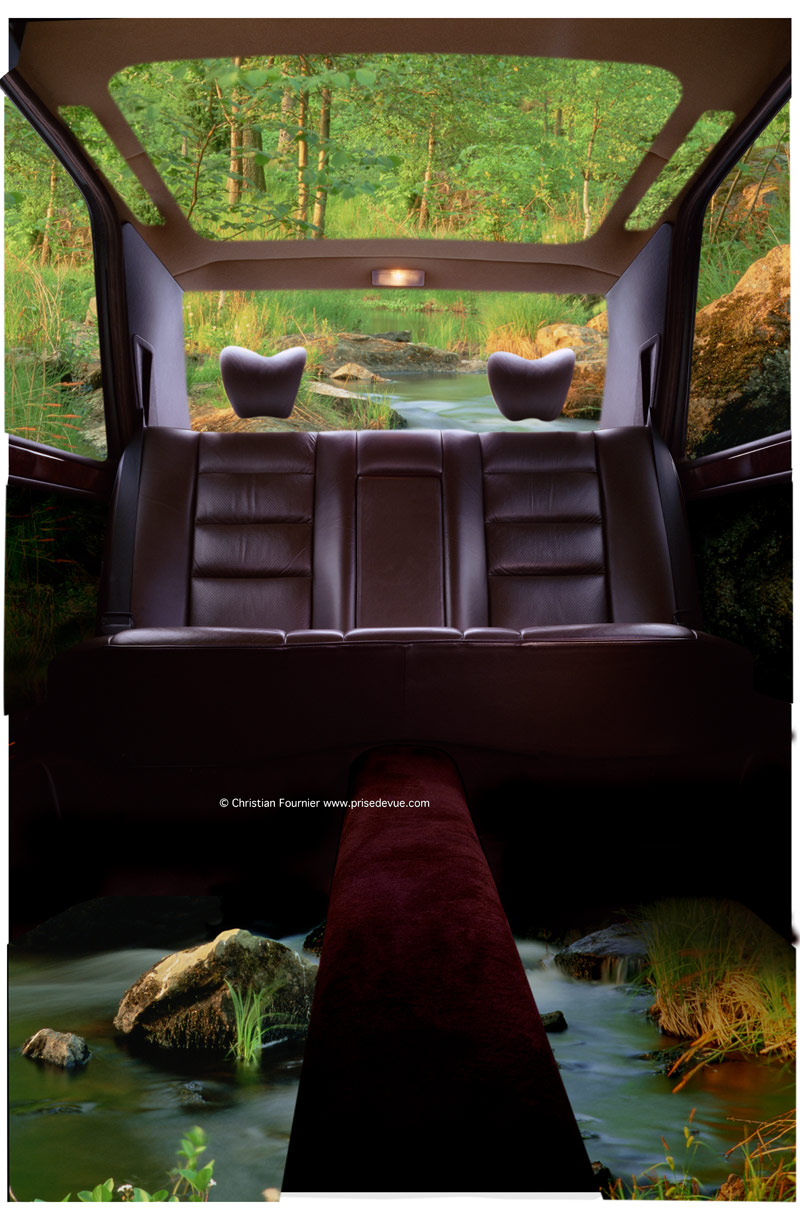 My digital touch-ups in 1994 for Comme des Garçons and Mercedes.  |
|||||||||||||||||||||||||||||||||||||||||||||
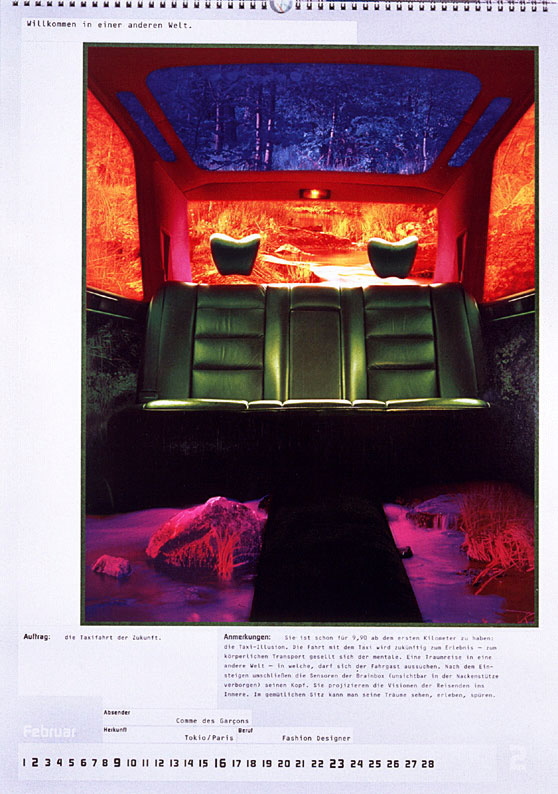 |
|||||||||||||||||||||||||||||||||||||||||||||
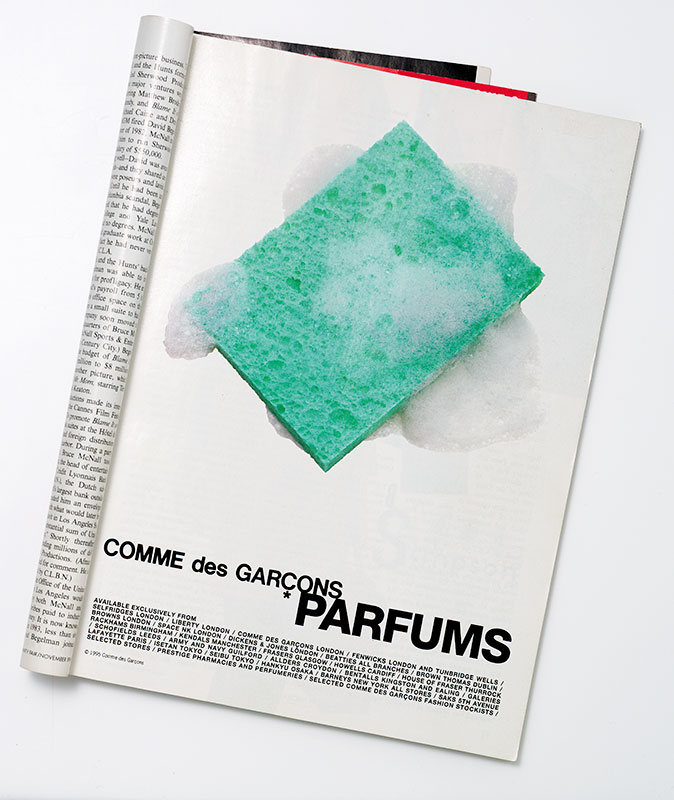 |
|||||||||||||||||||||||||||||||||||||||||||||
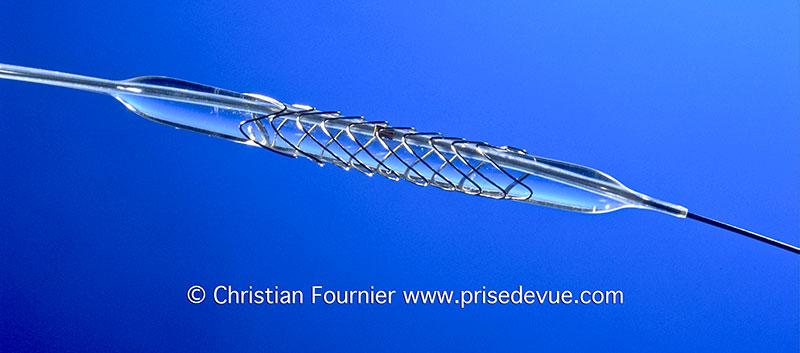 We also did medical photography. Here, a stent. A stent is a type of splint, usually a short narrow tube made of metal or plastic mesh, placed temporarily inside a duct, canal, or blood vessel to aid healing or relieve an obstruction. This one measures less than a centimetre long. |
|||||||||||||||||||||||||||||||||||||||||||||
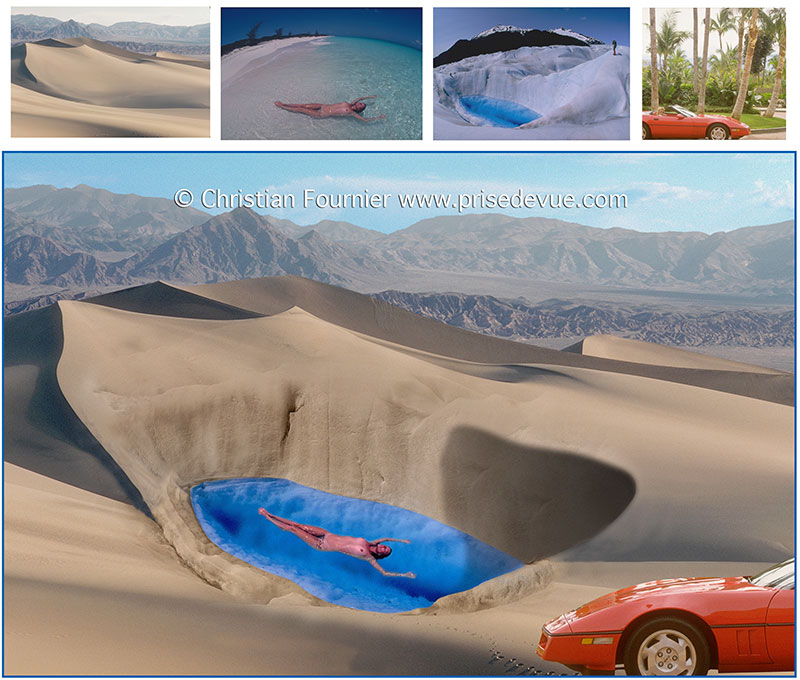 |
|||||||||||||||||||||||||||||||||||||||||||||
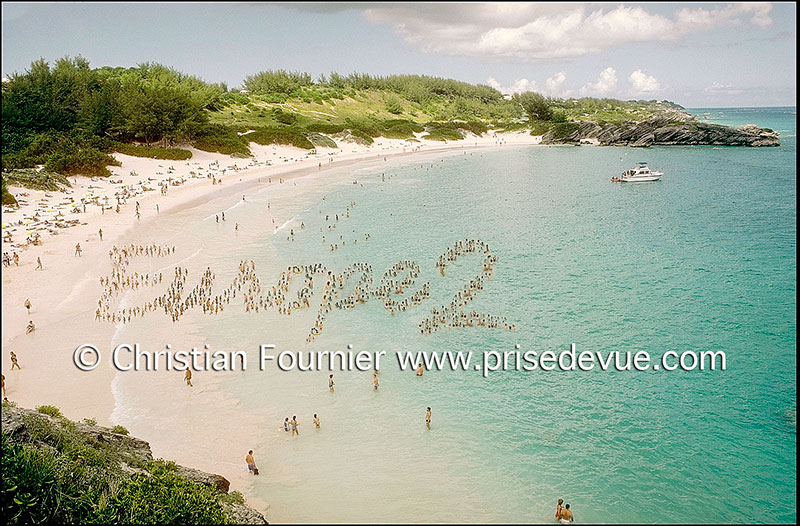 |
|||||||||||||||||||||||||||||||||||||||||||||
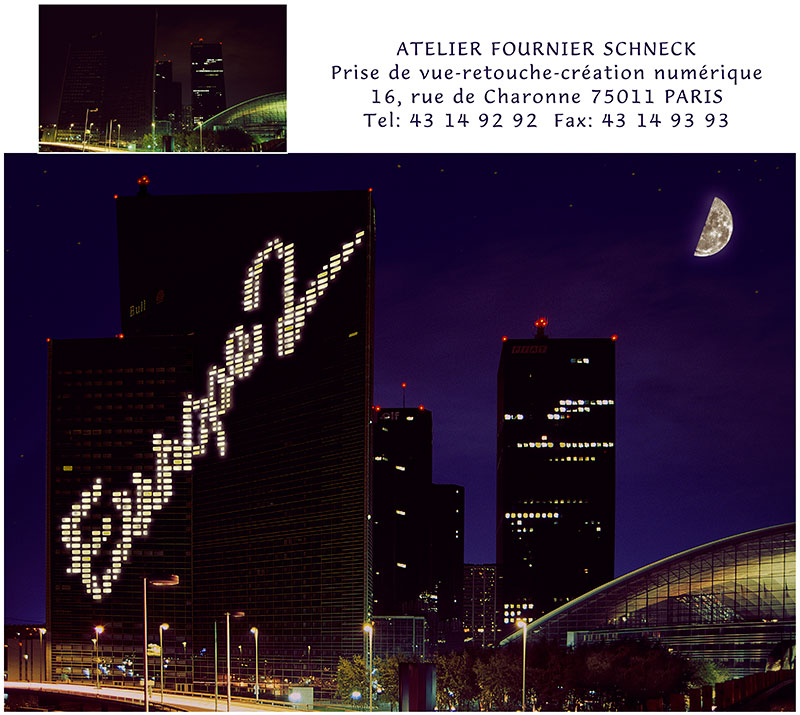 |
|||||||||||||||||||||||||||||||||||||||||||||
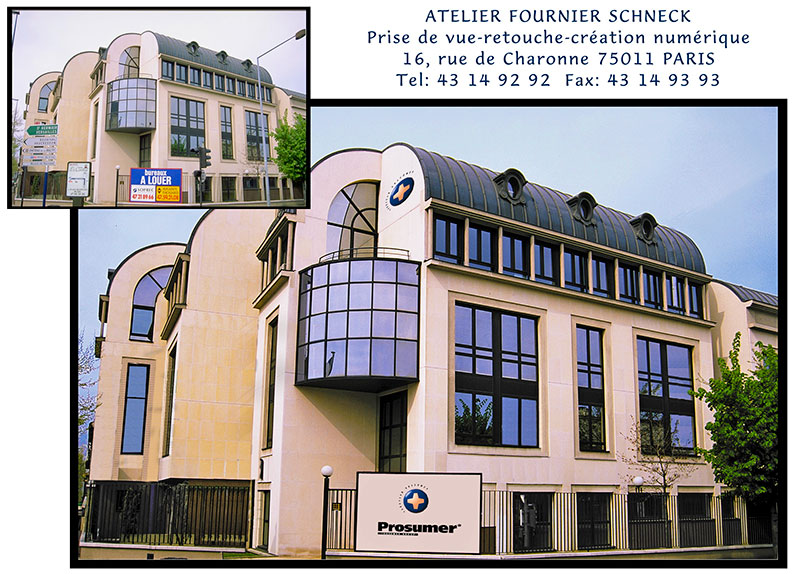 |
|||||||||||||||||||||||||||||||||||||||||||||
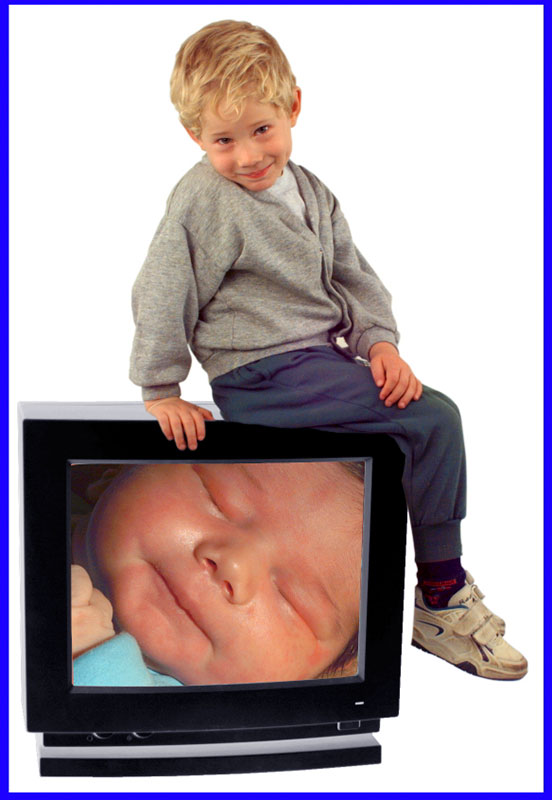 |
|||||||||||||||||||||||||||||||||||||||||||||
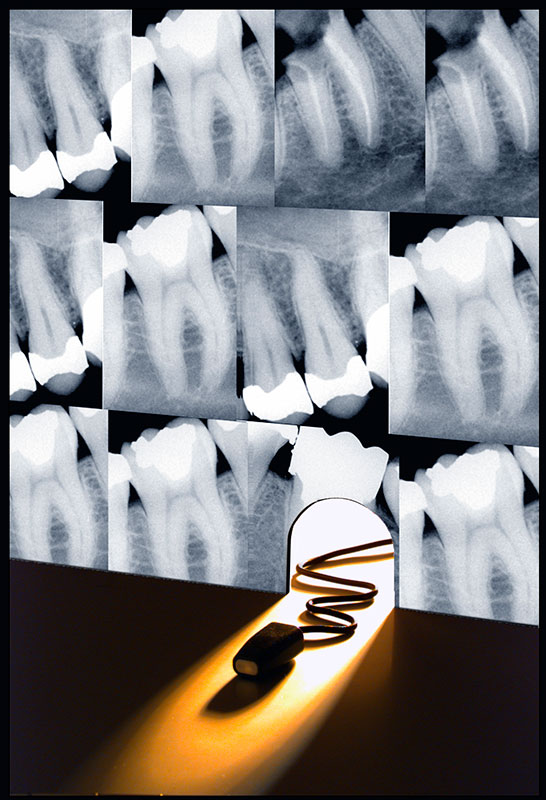 |
|||||||||||||||||||||||||||||||||||||||||||||
 |
|||||||||||||||||||||||||||||||||||||||||||||
I couldn’t suppress my need for independence and I decided to leave the Fournier-Schneck Workshop in 1998 to become a freelance photographer under AGESSA (a French organization that manages social security and taxation for artists such as photographers). I declared my commercial activity in 1997. I became a full AGESSA contributor on 01/01/1999 after 3 years of exemption. |
|||||||||||||||||||||||||||||||||||||||||||||
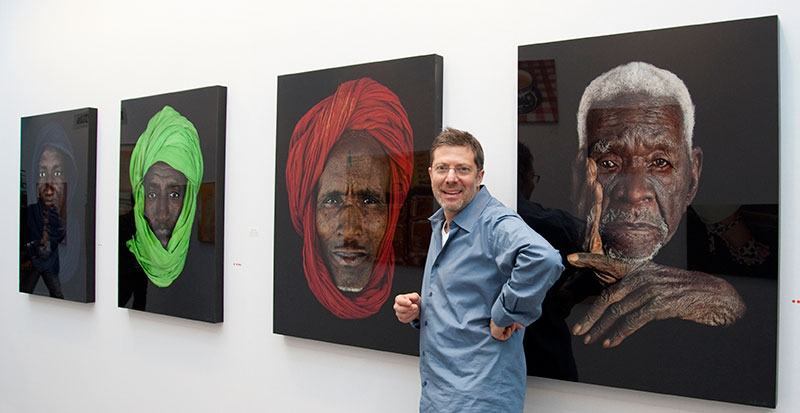 |
|||||||||||||||||||||||||||||||||||||||||||||
| Antoine Schneck has since become a great independent photography artist, with expositions in many Parisian galleries, notably here in the Grand Palais. Bravo, Antoine |
|||||||||||||||||||||||||||||||||||||||||||||
| September 2016 : Exposition in the Arc de Triomphe, " Soldats Inconnus" (Unknown Soldiers) Antoine Scheck is the photographer behind this exposition which pays tribute to 18 unknown soldiers fallen during the Great War. 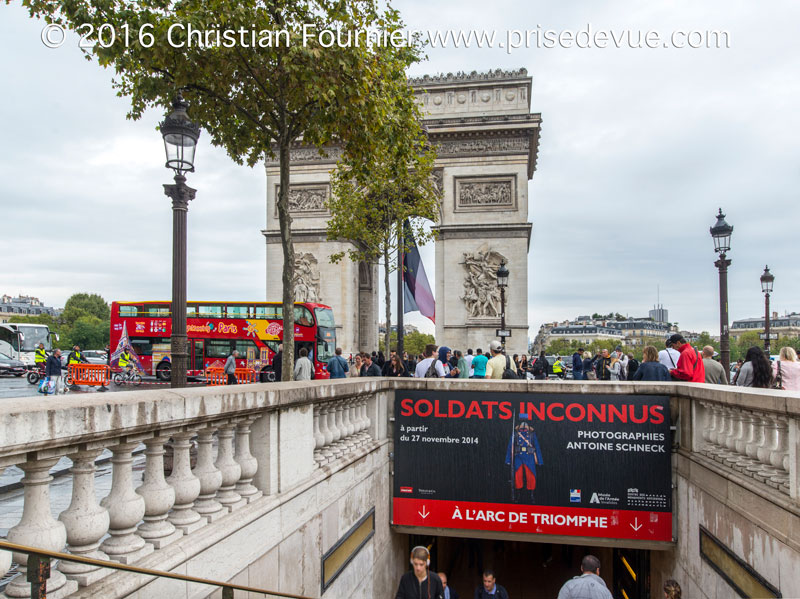 |
|||||||||||||||||||||||||||||||||||||||||||||
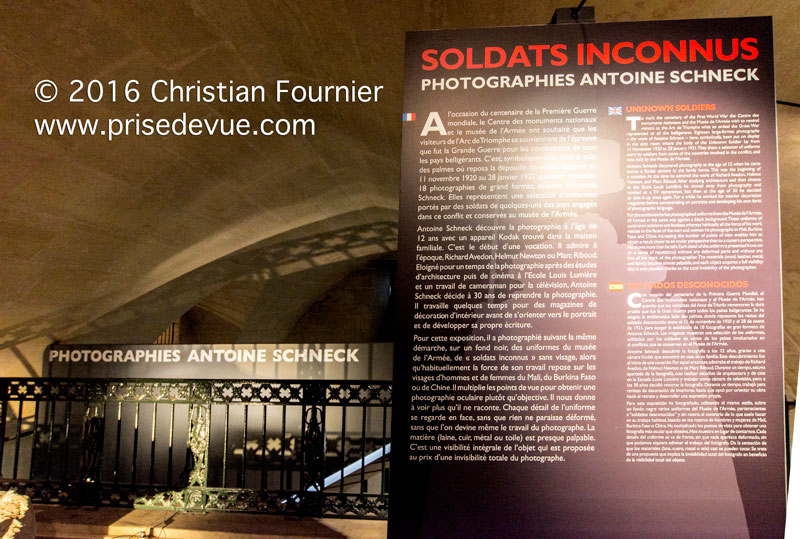 |
|||||||||||||||||||||||||||||||||||||||||||||
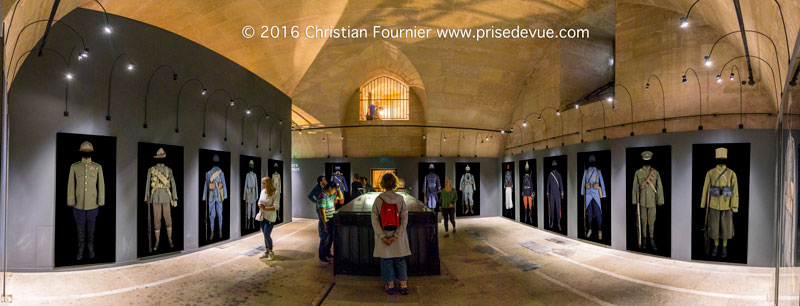 |
|||||||||||||||||||||||||||||||||||||||||||||
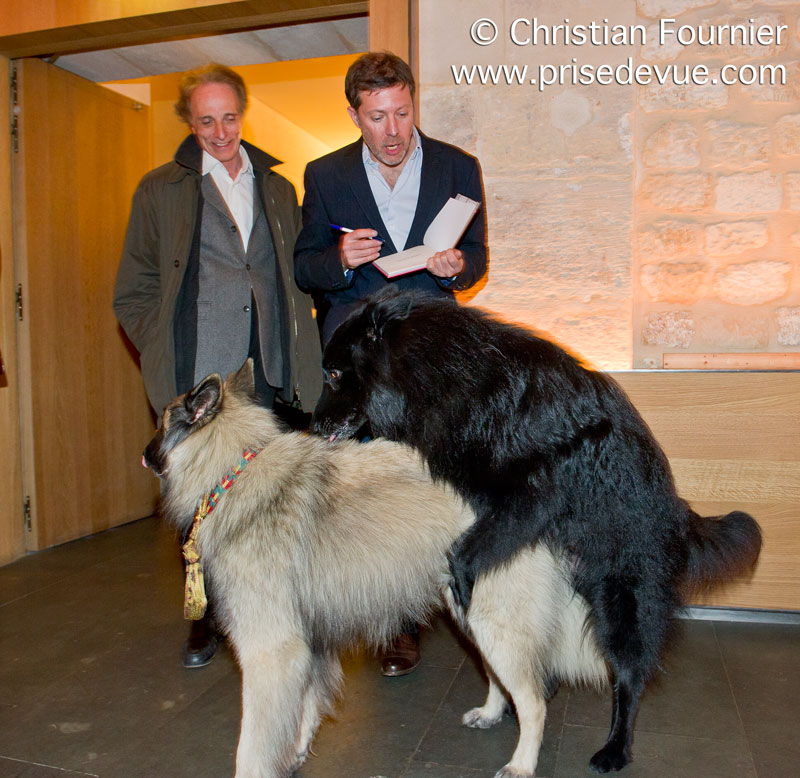 Antoine Schneck and Eric Colmet-Daâge, editor-in-chief of the magazine "Photo" on April 14, 2010. Photo is a bimonthly French magazine dedicated to photography, founded by Daniel Filipacchi in 1967. It is currently owned by EPMA. The magazine aims to discuss photography from many different angles, from photojournalism to avant-garde photography, touching on fashion and especially artistic nudes, which feature on most of its covers. Photo, through its longevity and international presence is, according to its tagline, « la référence de l'image depuis 1967 ». Éric Colmet-Daâge became Photo’s editor-in-chief and artistic director in 1994. |
|||||||||||||||||||||||||||||||||||||||||||||
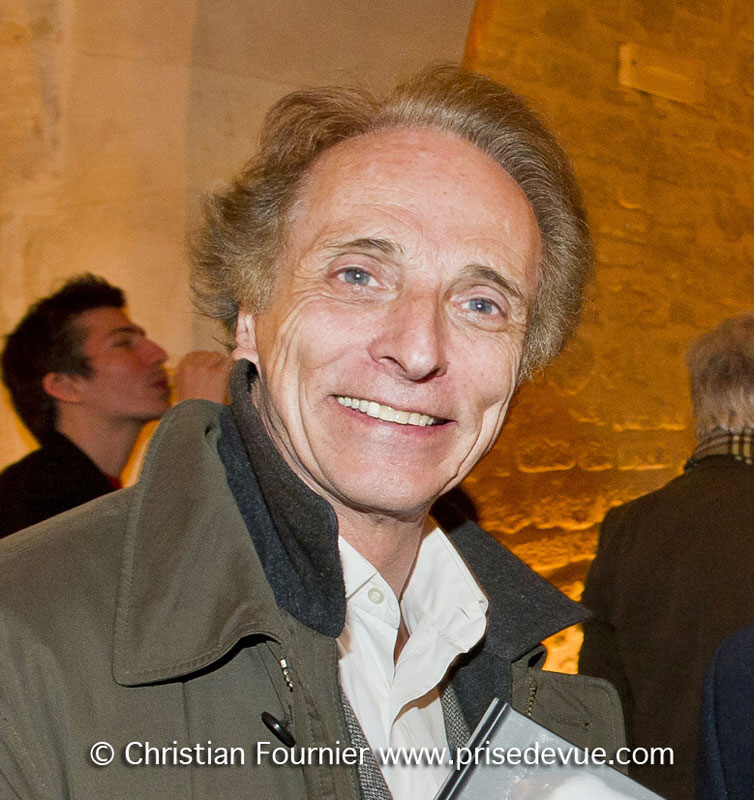 Éric Colmet-Daâge
The Dalai Lama: "The majority of people who openly say they are offended by the posts of pretty naked girls are usually the ones who secretly watch porn the most." The hypocrisy of watching sexy photos without respecting the photographers who make these photos.
 |
|||||||||||||||||||||||||||||||||||||||||||||
Antoine at the Salon de la Photo in Paris in 2017. Bravo, Antoine. 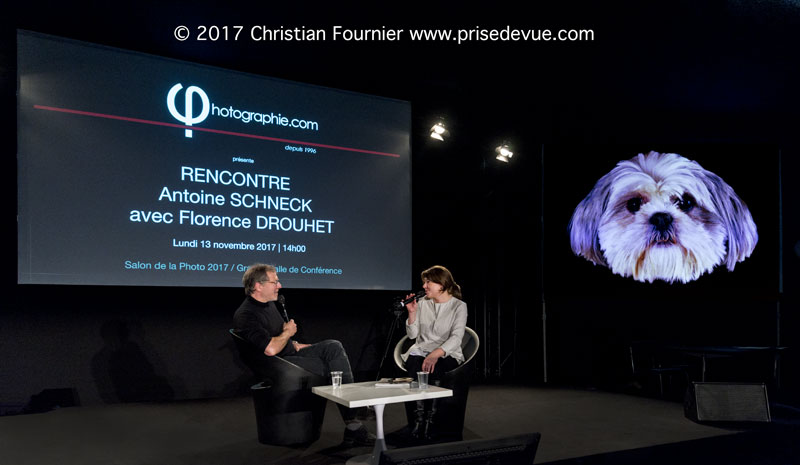 |
|||||||||||||||||||||||||||||||||||||||||||||
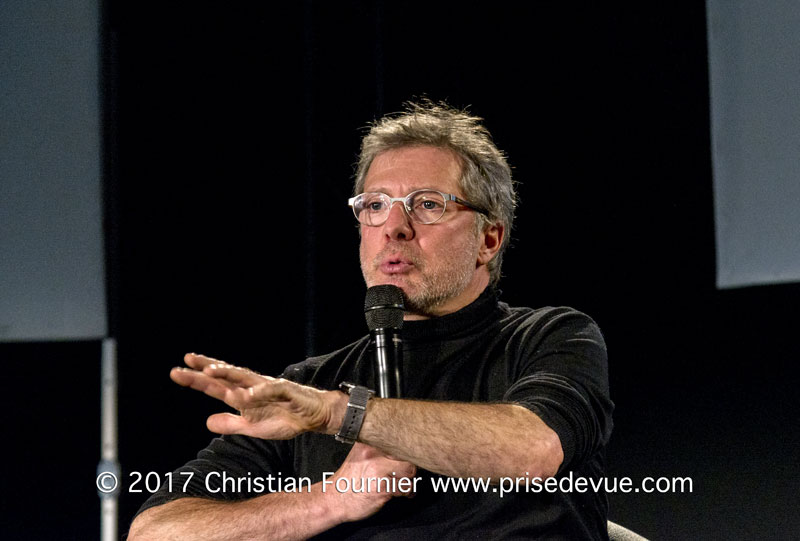 |
|||||||||||||||||||||||||||||||||||||||||||||
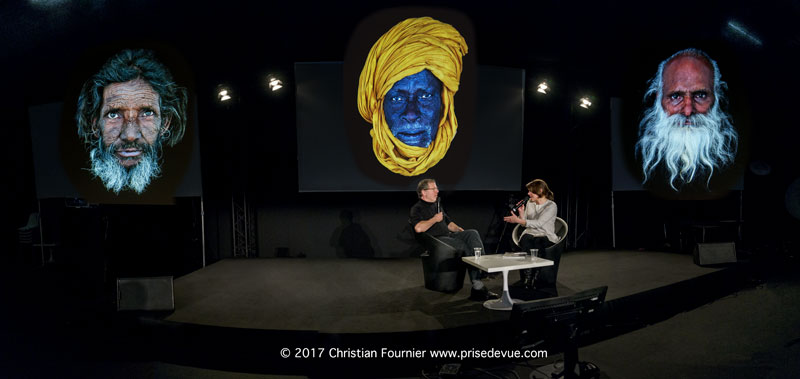 |
|||||||||||||||||||||||||||||||||||||||||||||
Sur mes cahiers d’écolier Sur mon pupitre et les arbres Sur le sable de neige J’écris ton nom Sur toutes les pages lues Sur toutes les pages blanches Pierre sang papier ou cendre J’écris ton nom Sur les images dorées Sur les armes des guerriers Sur la couronne des rois J’écris ton nom Sur la jungle et le désert Sur les nids sur les genêts Sur l’écho de mon enfance J’écris ton nom ....... Sur l’absence sans désir Sur la solitude nue Sur les marches de la mort J’écris ton nom Sur la santé revenue Sur le risque disparu Sur l’espoir sans souvenir J’écris ton nom Et par le pouvoir d’un mot Je recommence ma vie Je suis né pour te connaître Pour te nommer Liberté Paul Eluard, Poésies et vérités, 1942 |
|||||||||||||||||||||||||||||||||||||||||||||
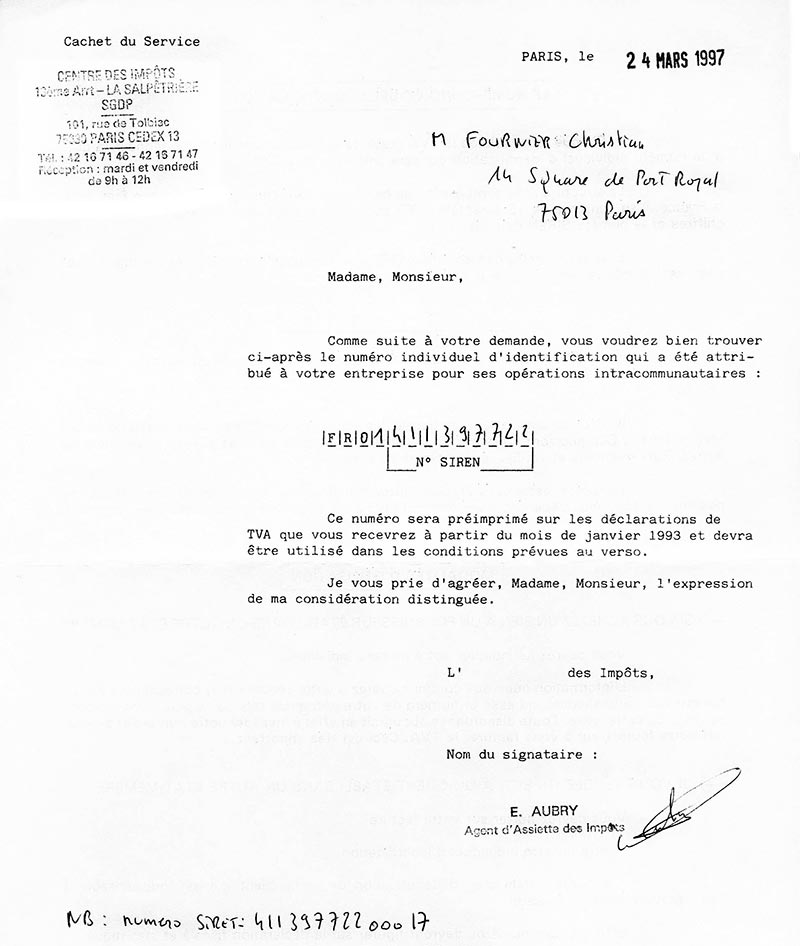 Je déclare mon activité commerciale en 1997. Je suis affilié AGESSA en plein régime le 01/01/1999 après 3 ans de précompte. |
|||||||||||||||||||||||||||||||||||||||||||||
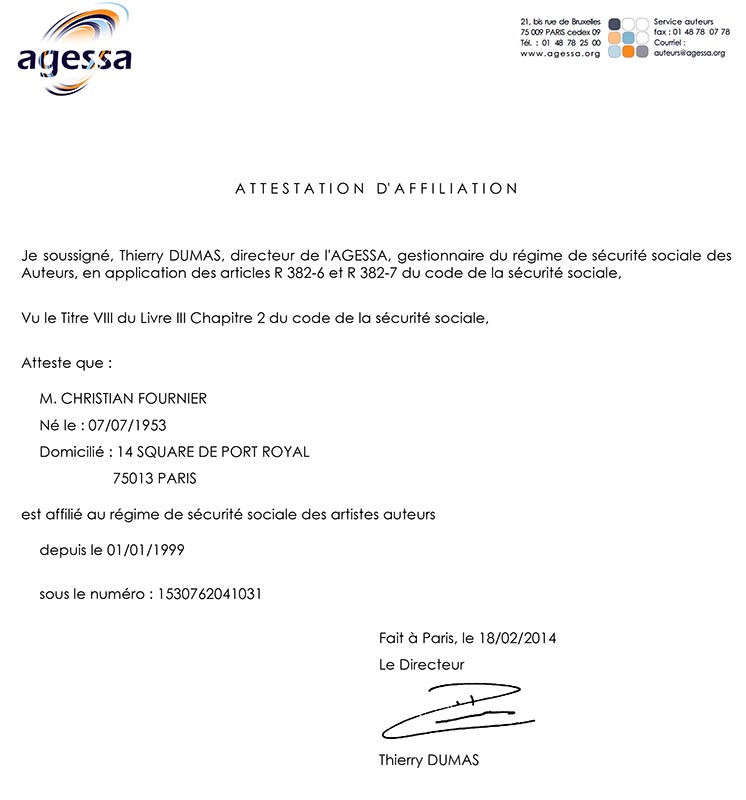 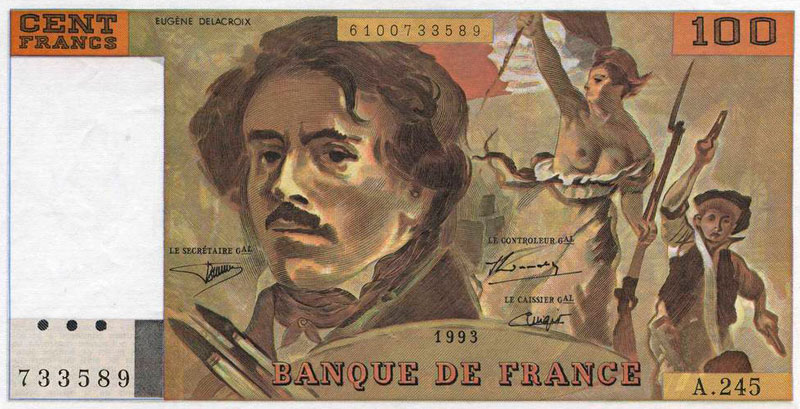 Le billet de 100 Francs = Une Femen sur nos billets Émission de 1990 à 1993 (trois années d'émission). Retrait de la circulation le 1er février 1999 Recto : Portrait d'Eugène Delacroix au centre avec palette et pinceaux. À droite, détail du tableau « Le Liberté guidant le peuple ». Au-dessus du numéro : trois points noirs en relief pour les non-voyants Graveurs : Renaud (recto), Jubert (verso), Combet (taille-douce) Signatures : Le secrétaire général, le contrôleur général, le caissier général (quatre combinaisons de signataires) |
|||||||||||||||||||||||||||||||||||||||||||||
| MY URLs I had to abandon all my other sites because of my financial crisis du to COVID in 2020 and 2021. |
|||||||||||||||||||||||||||||||||||||||||||||
prisedevue.photos
http://www.prisedevue.fr http://www.photostourismparis.com I bought these domain names back in 1994. At the time there was a lot more choice!
|
|||||||||||||||||||||||||||||||||||||||||||||
|
|||||||||||||||||||||||||||||||||||||||||||||



